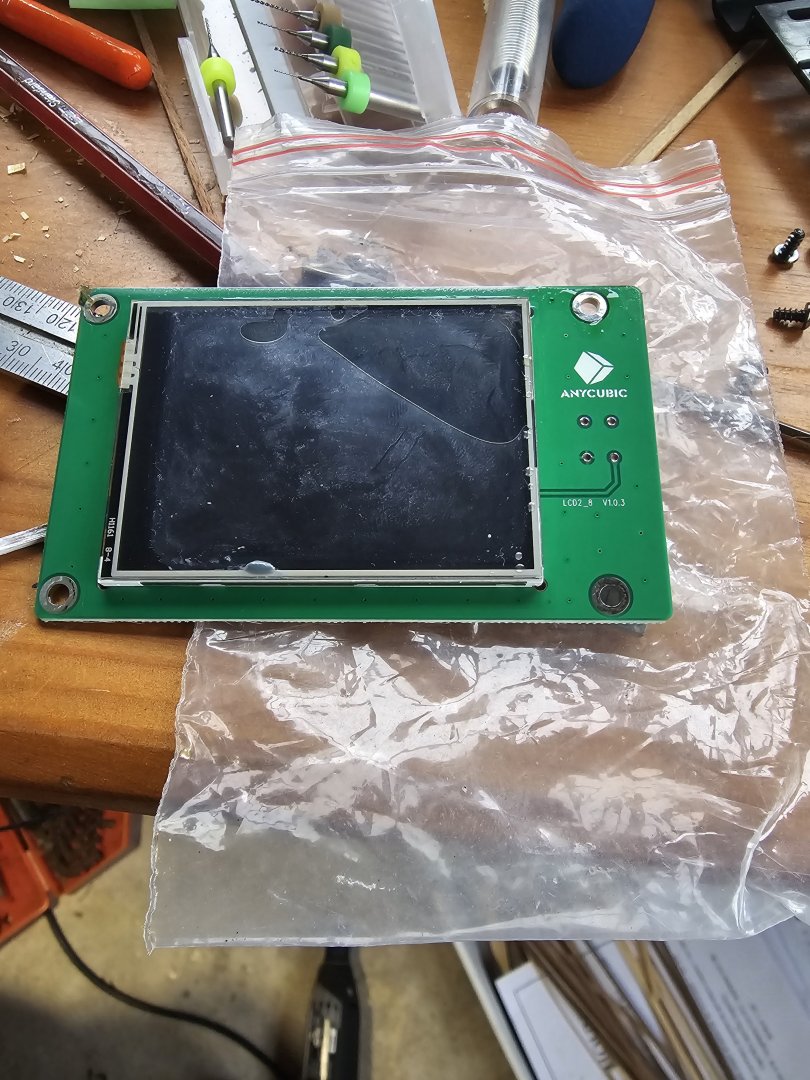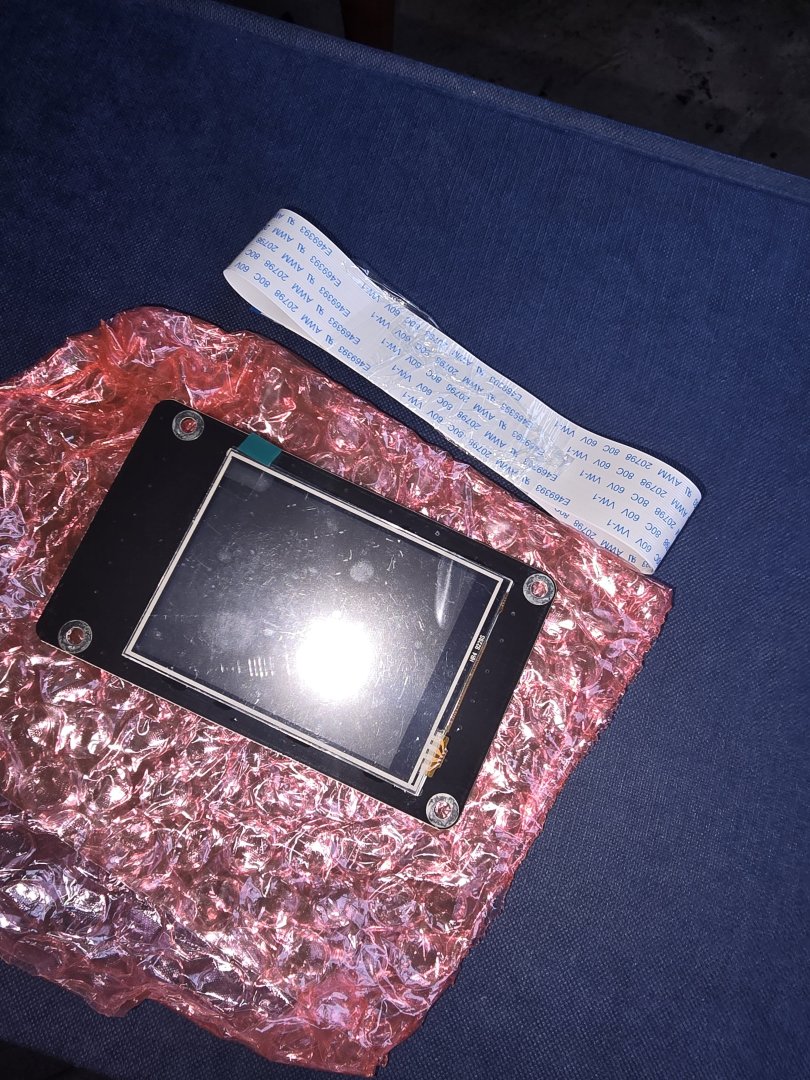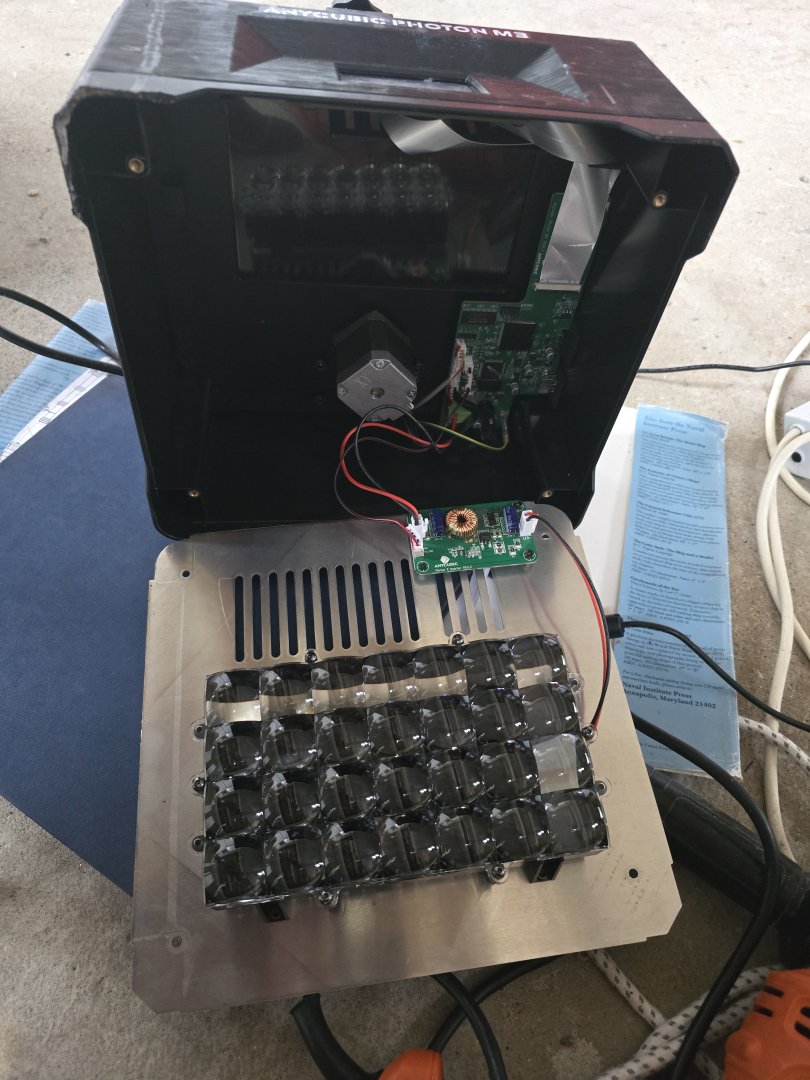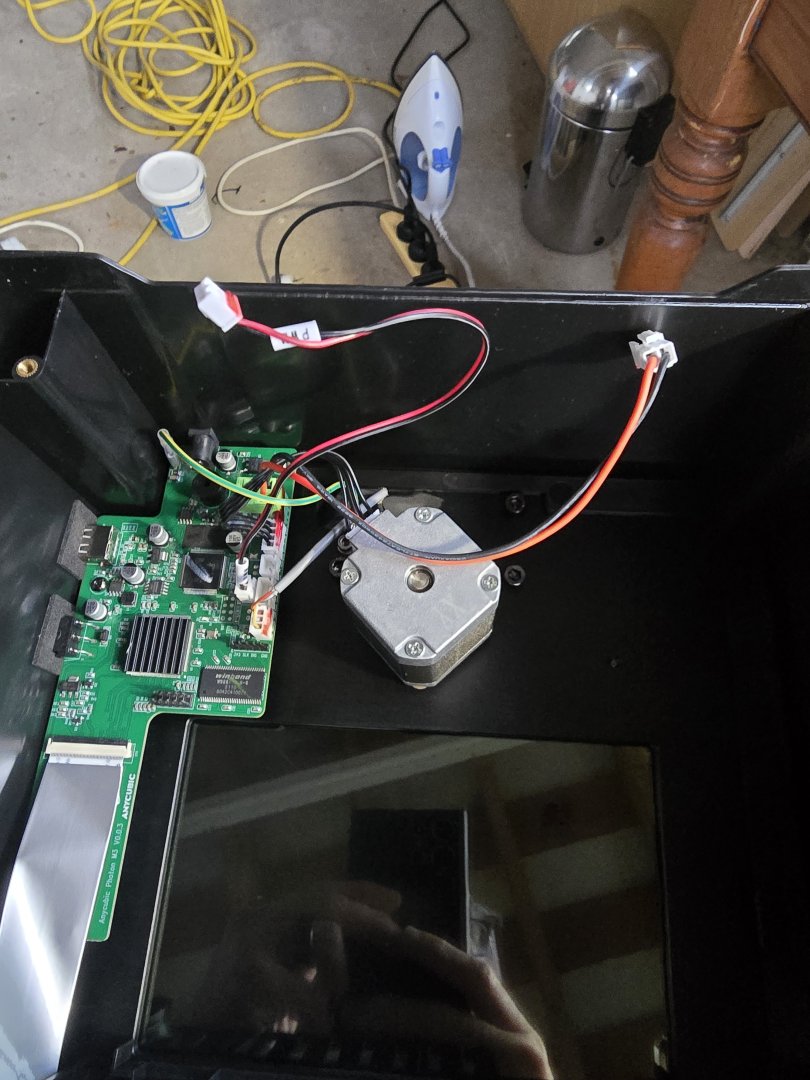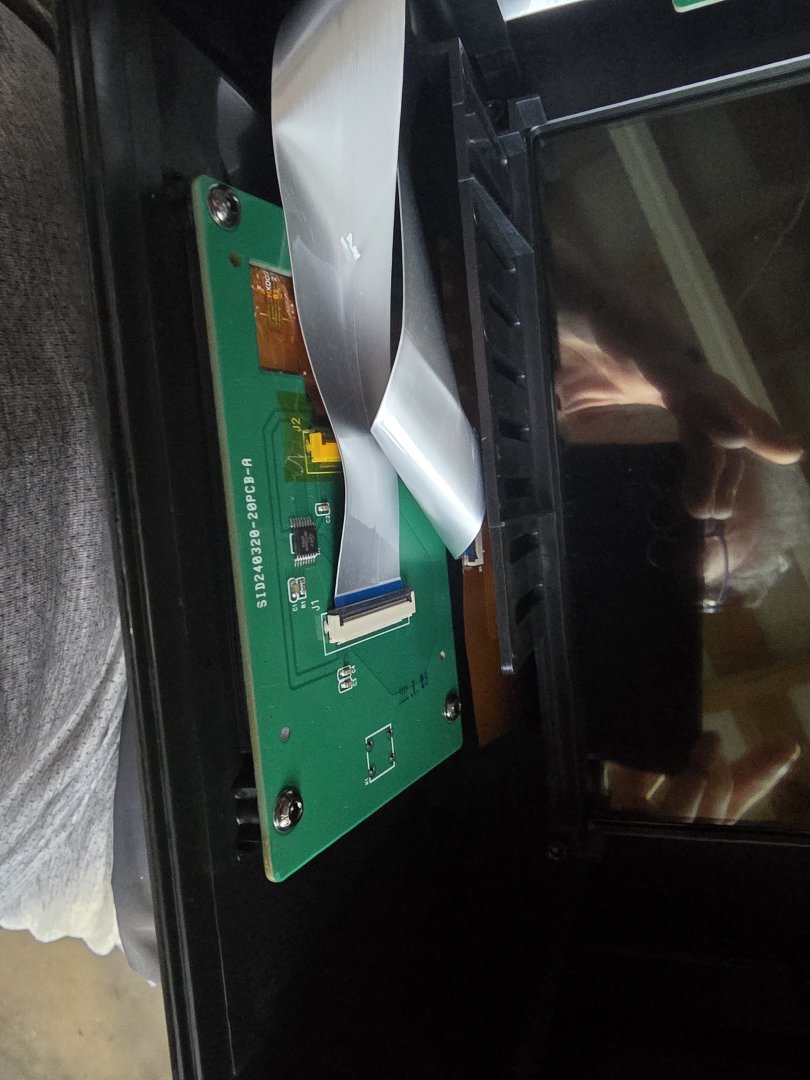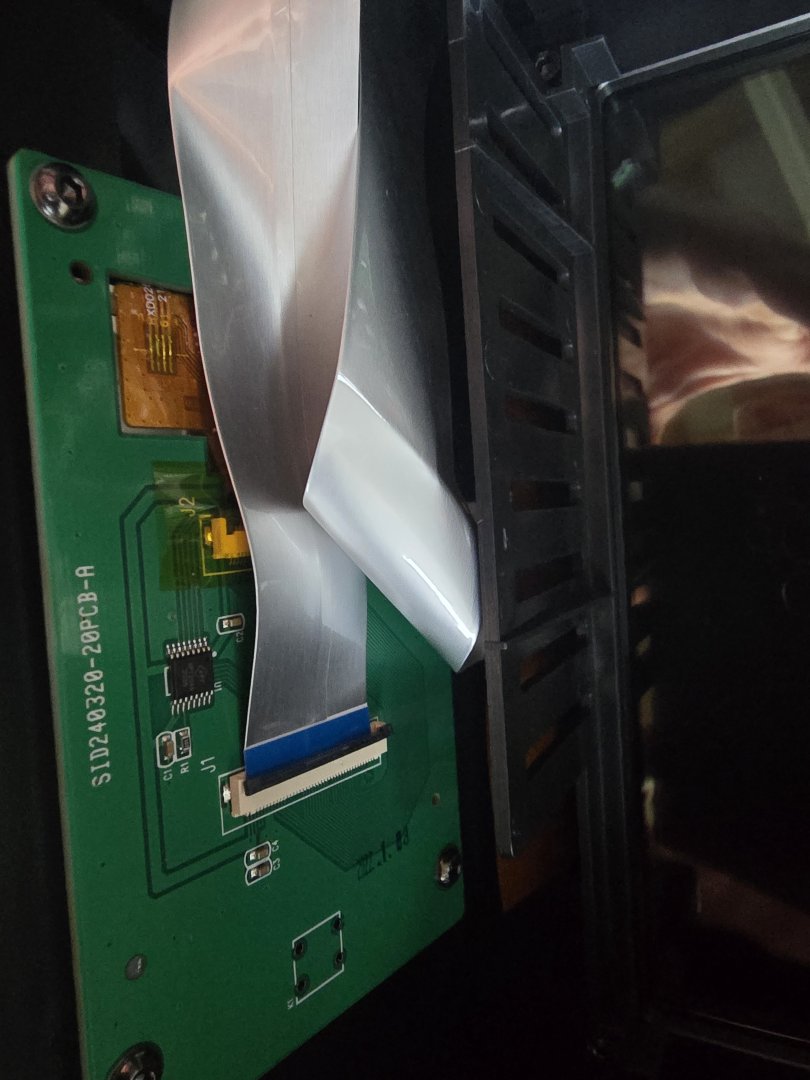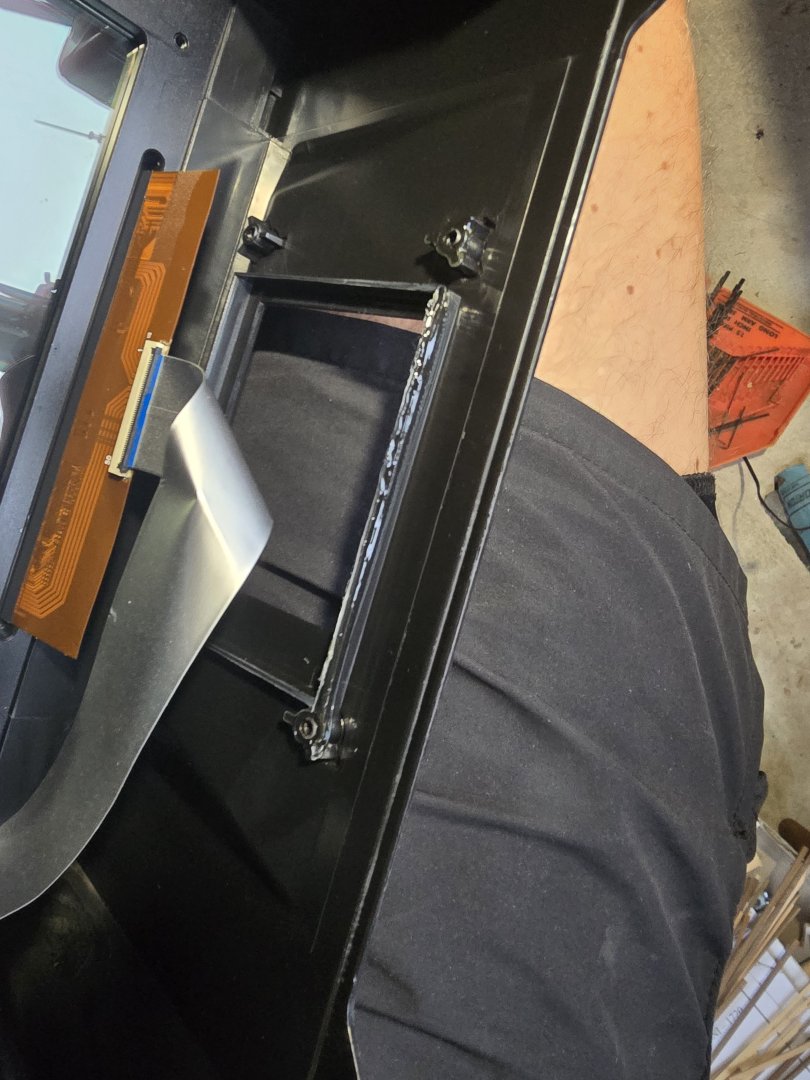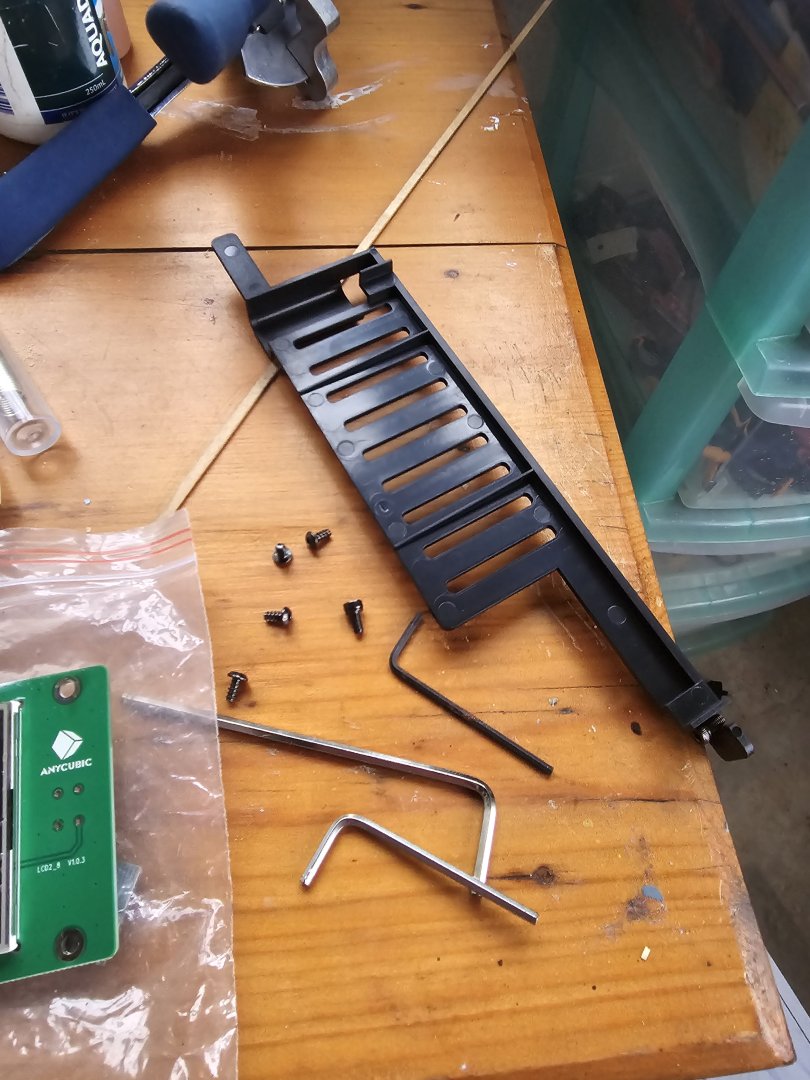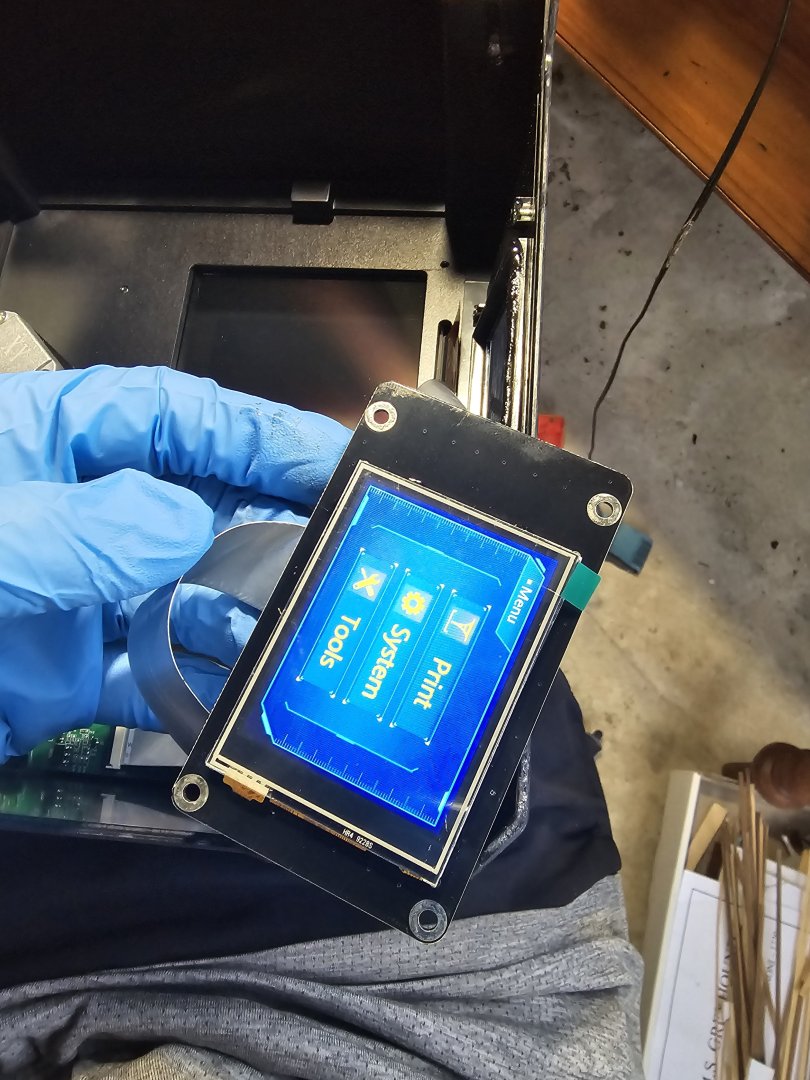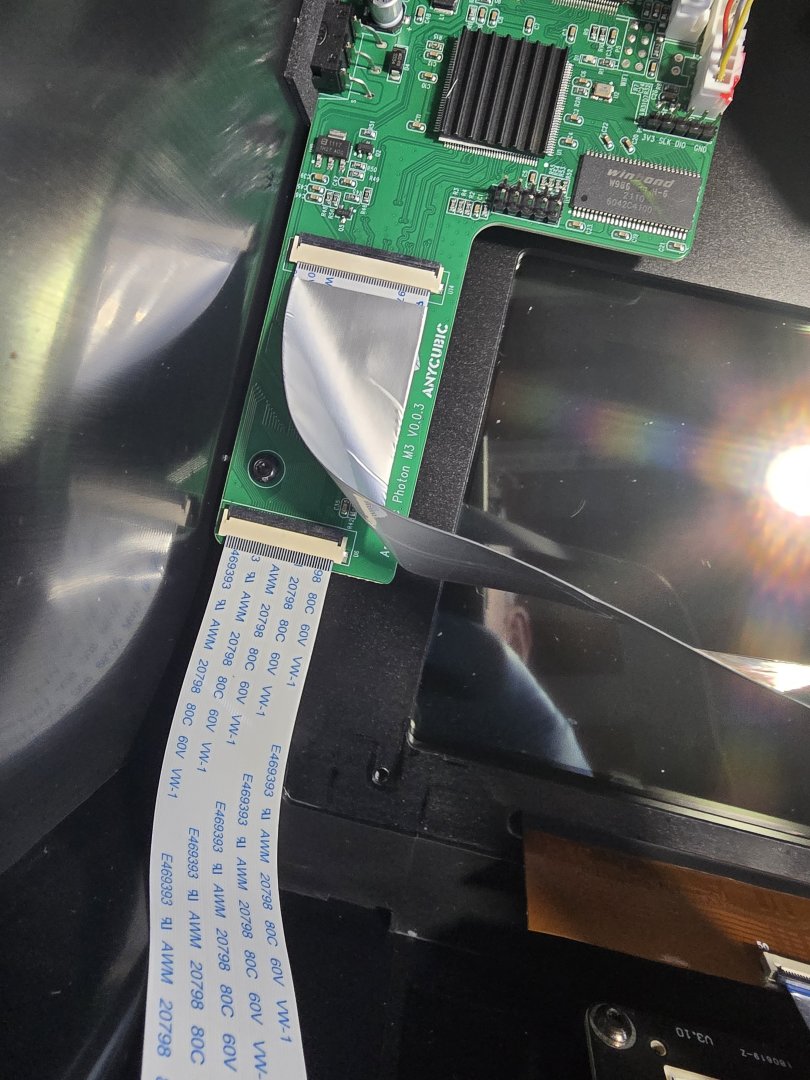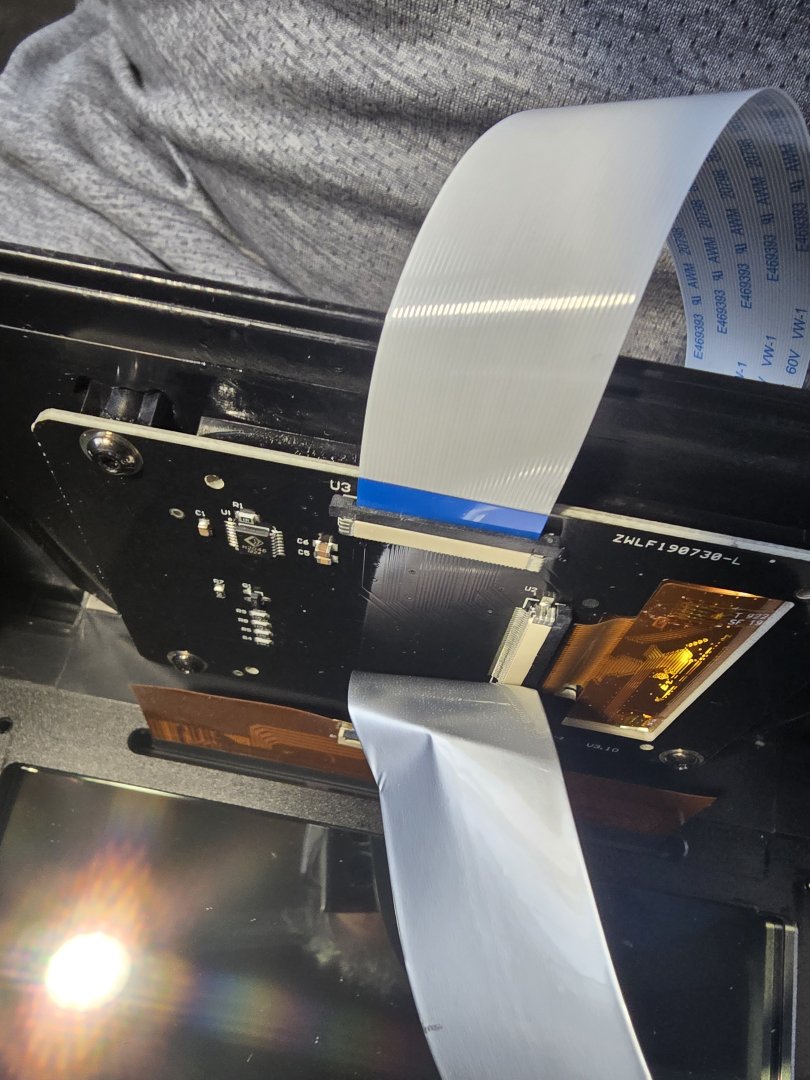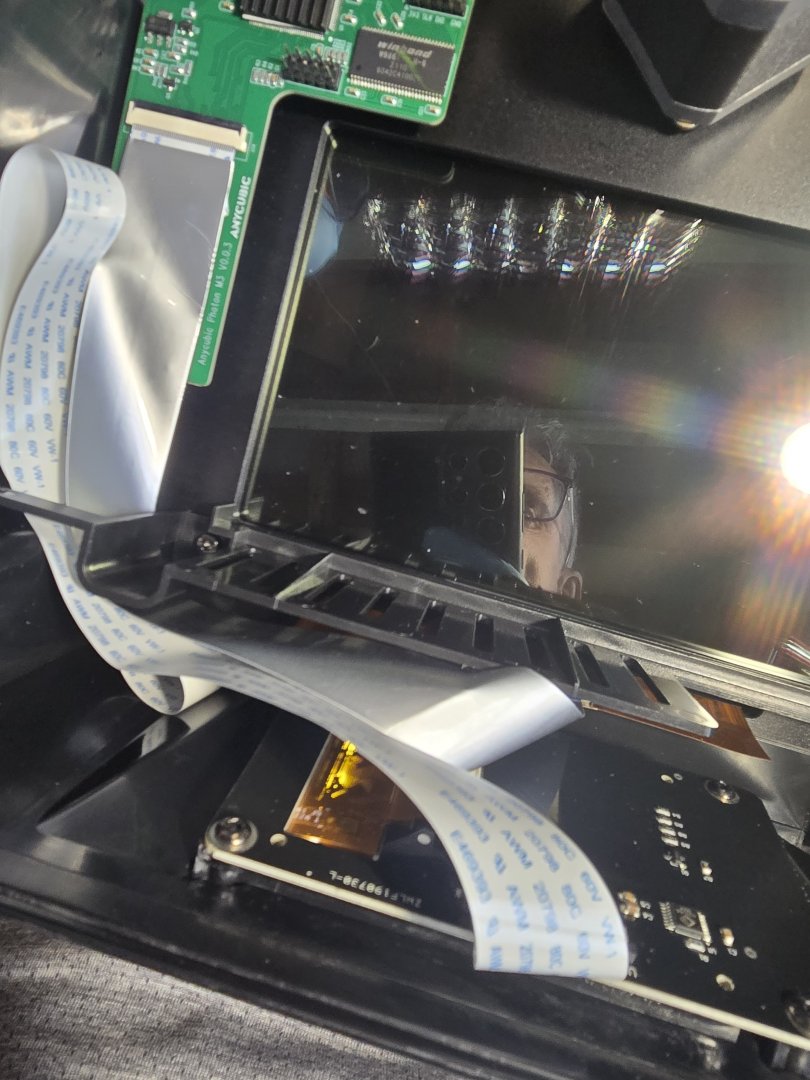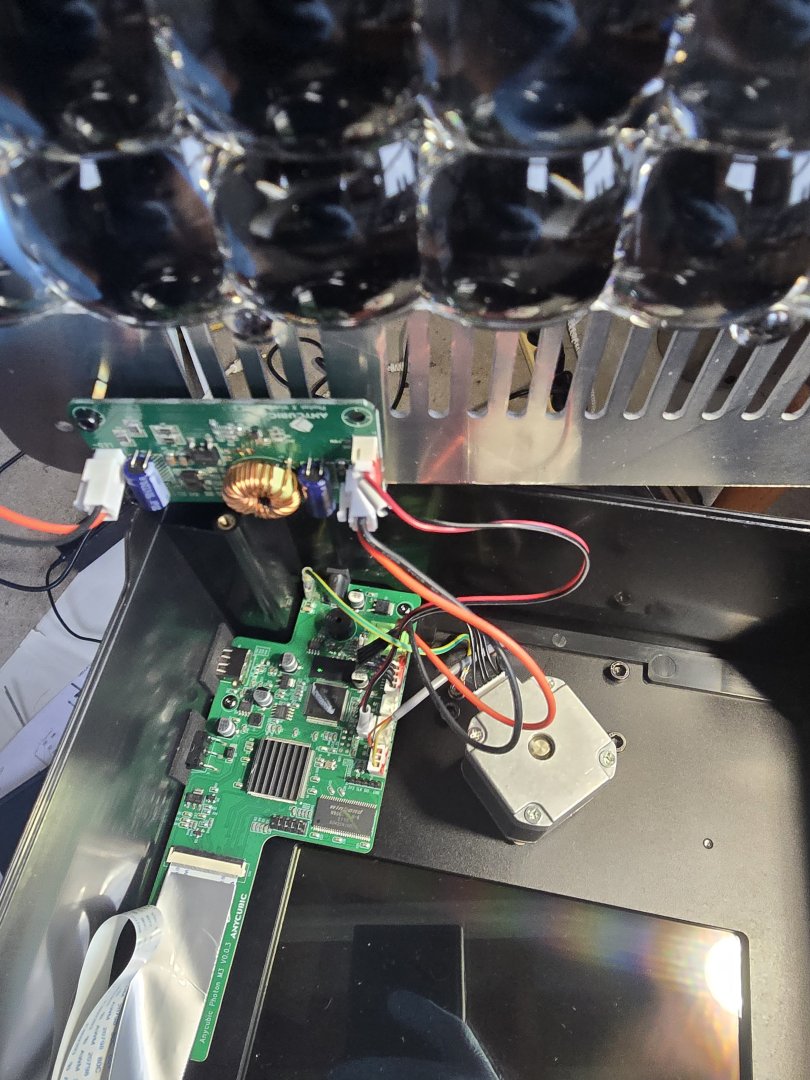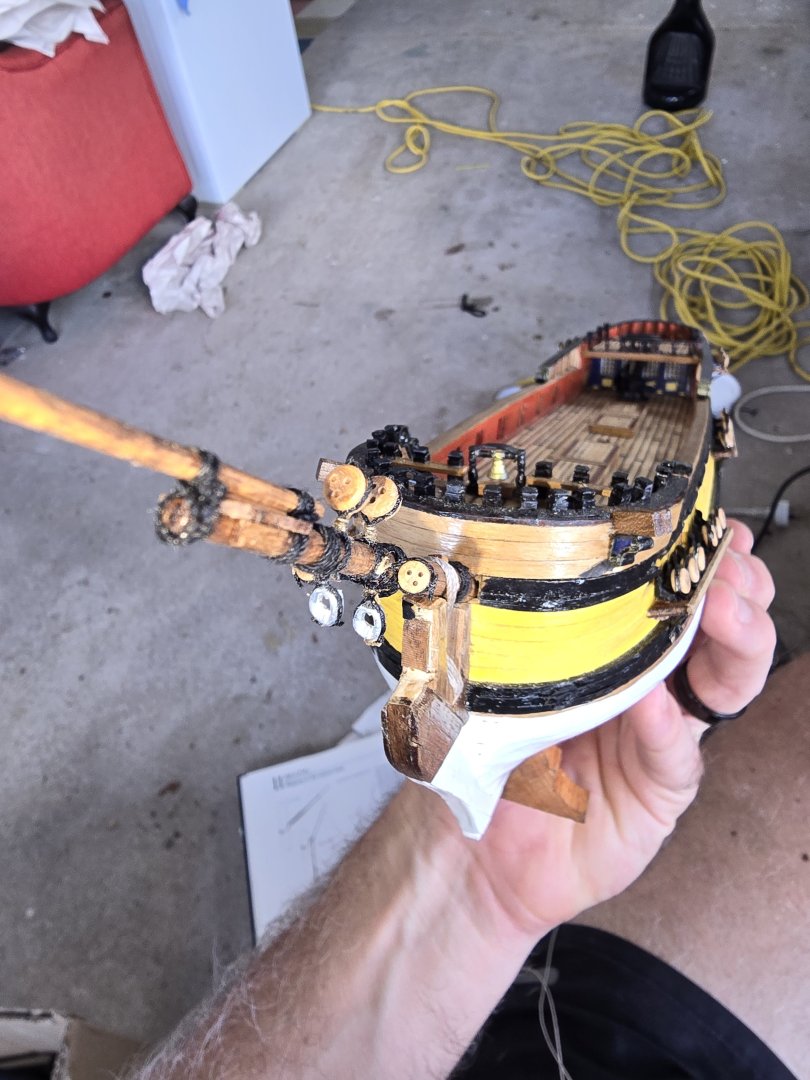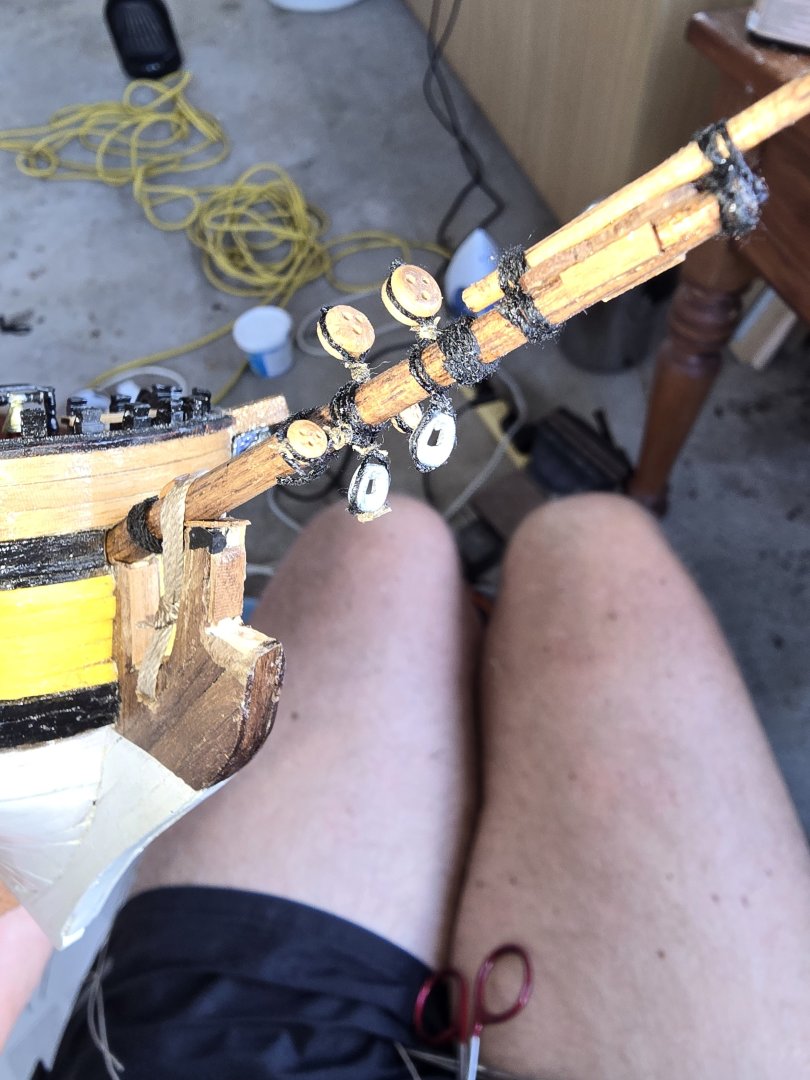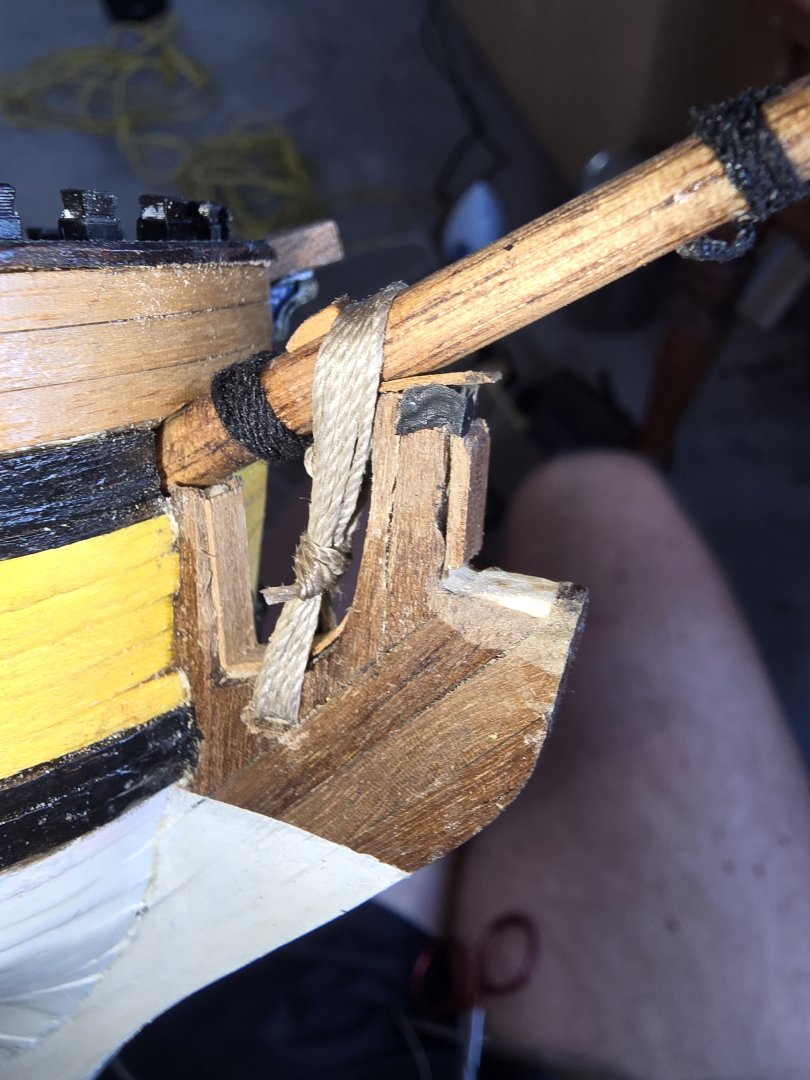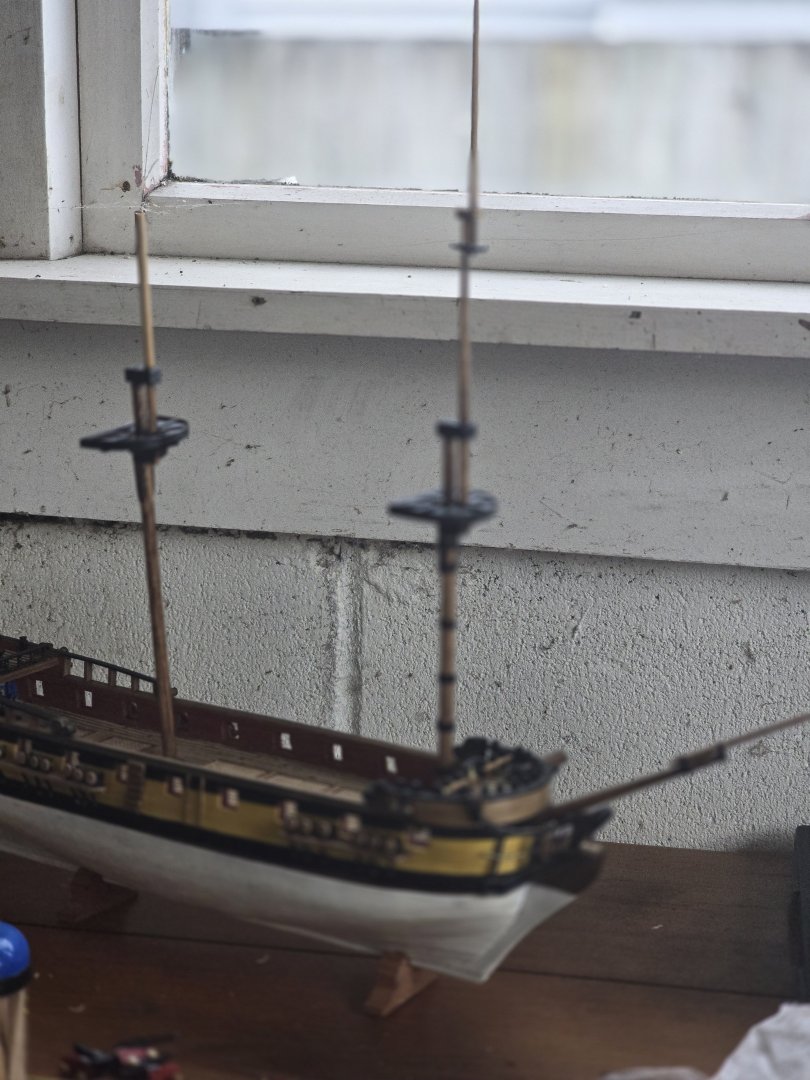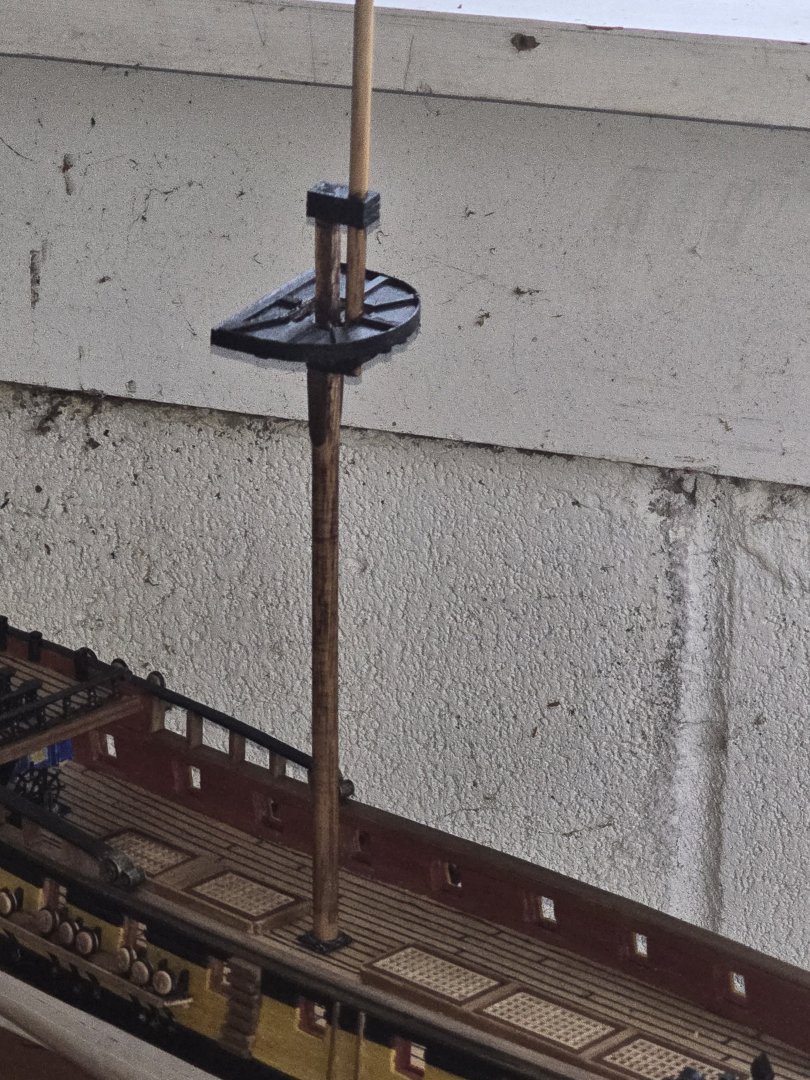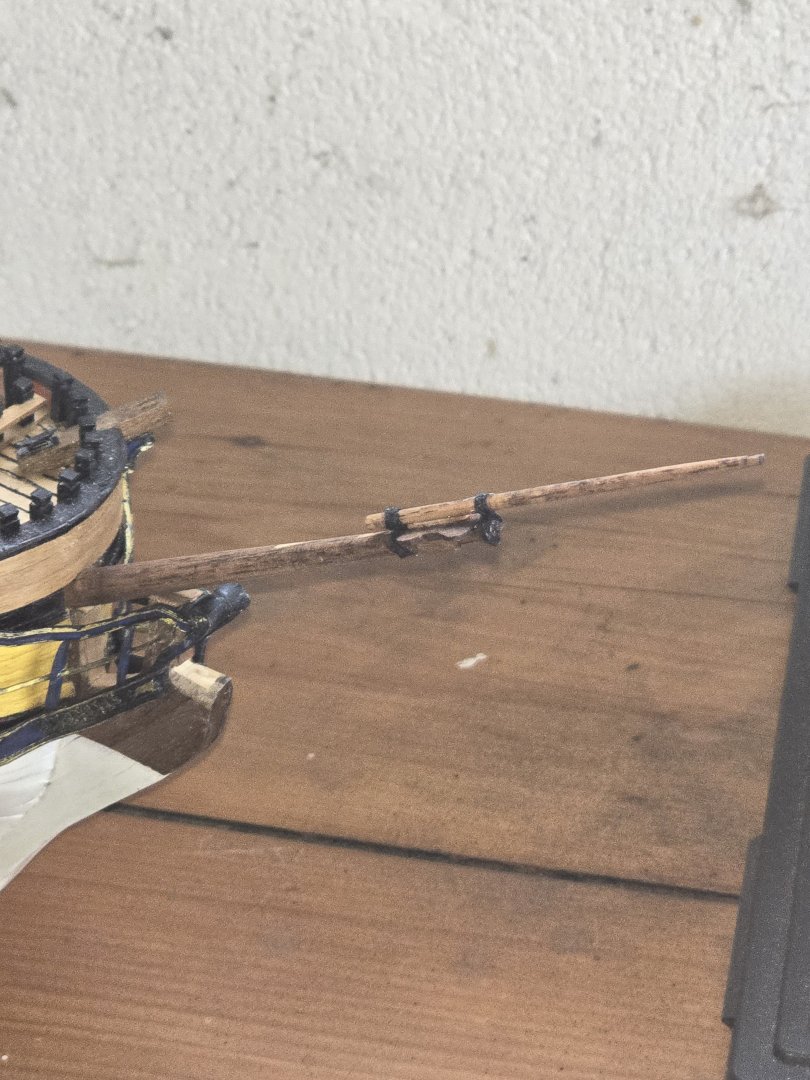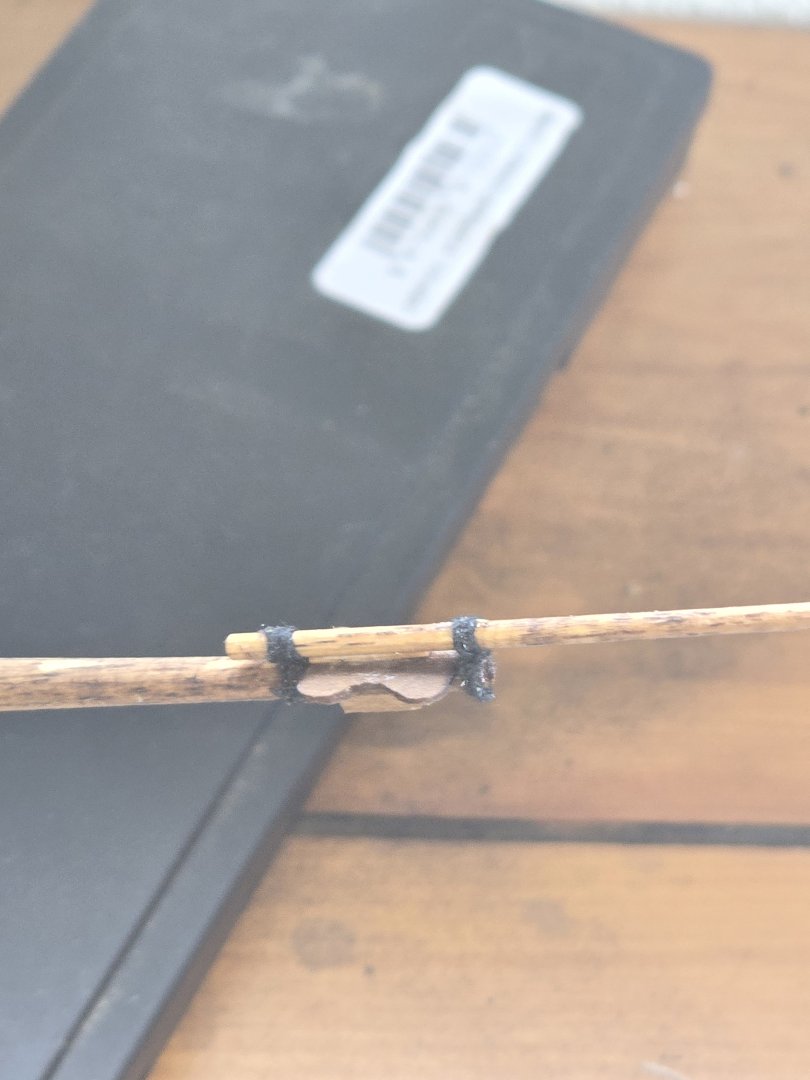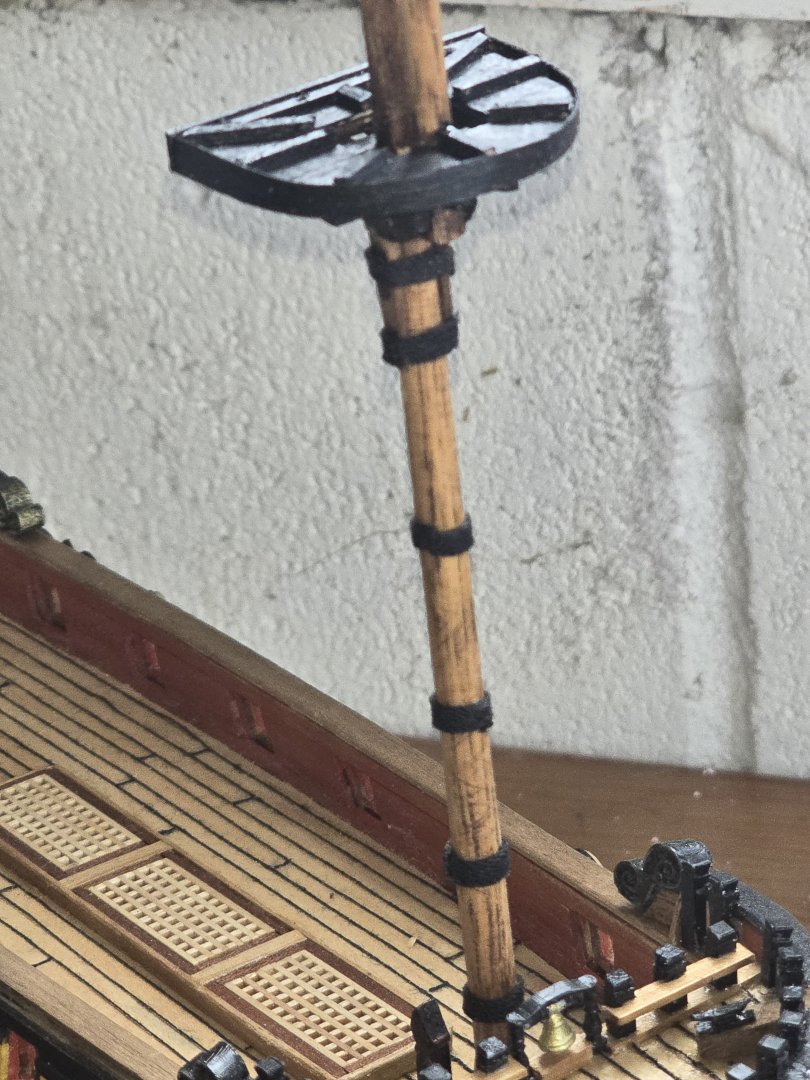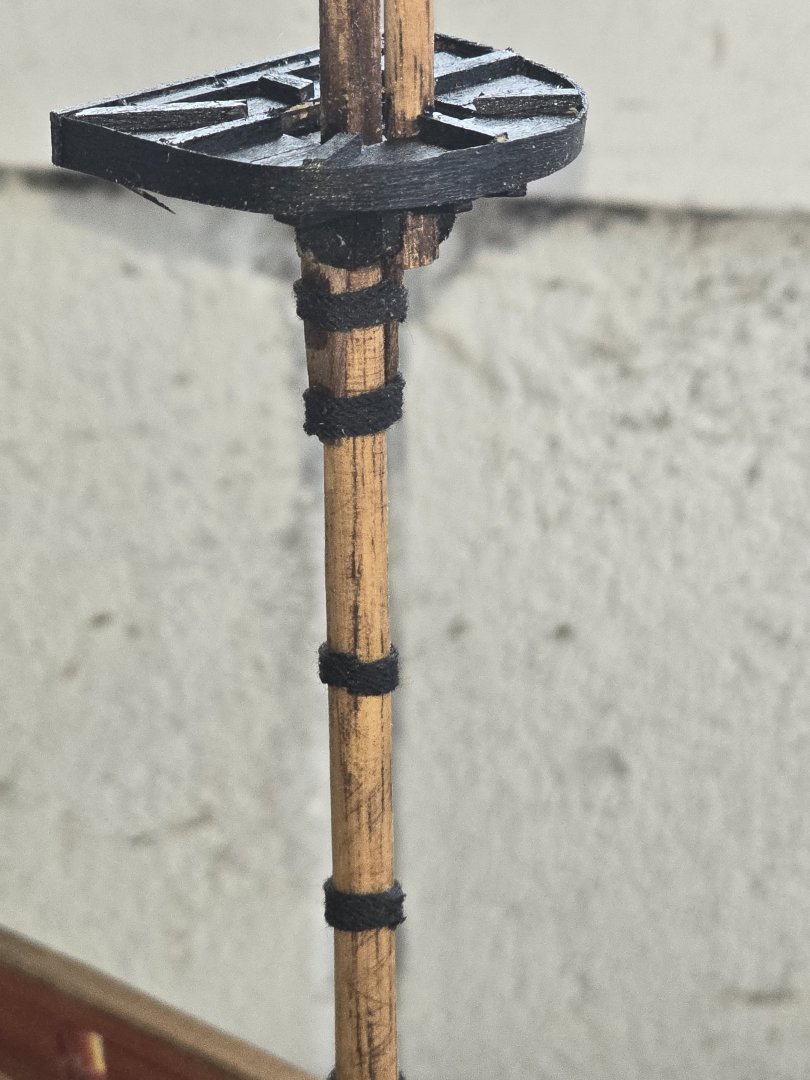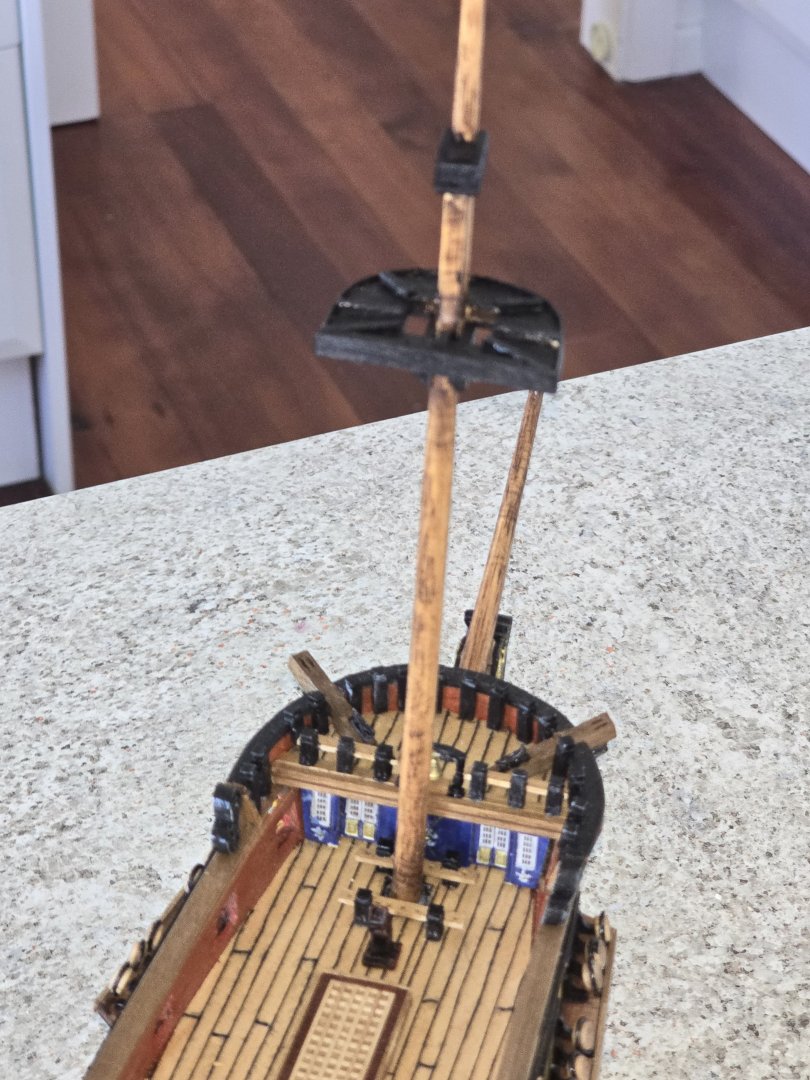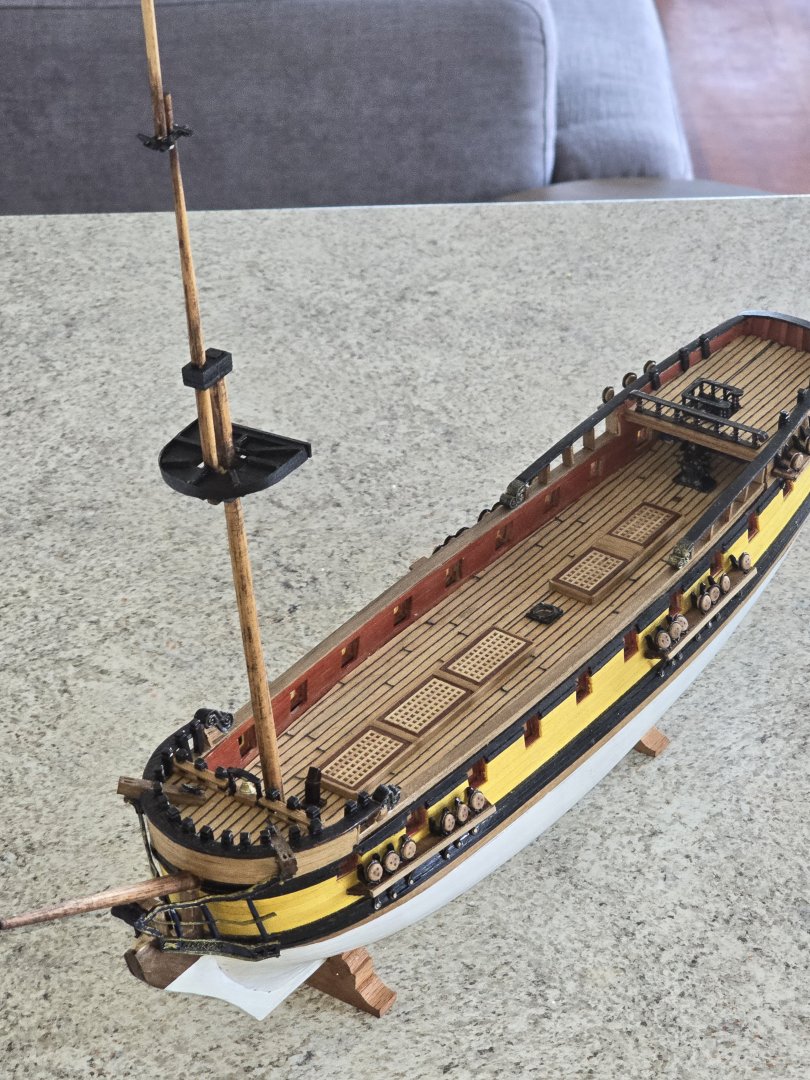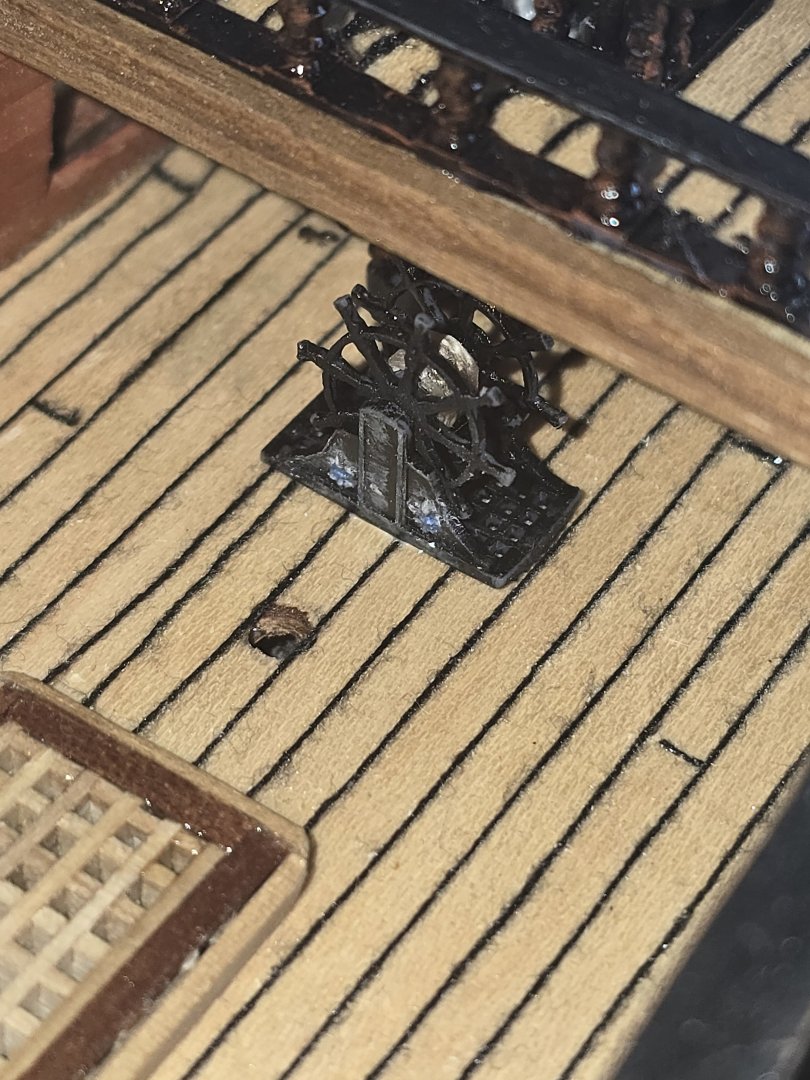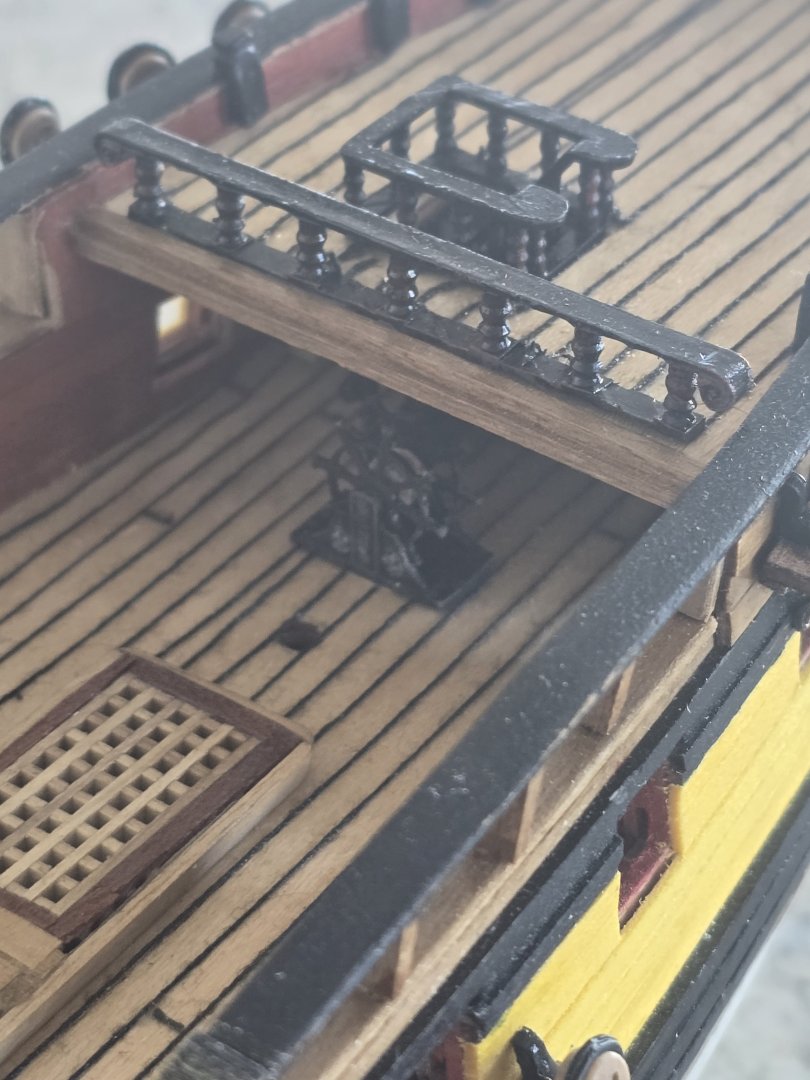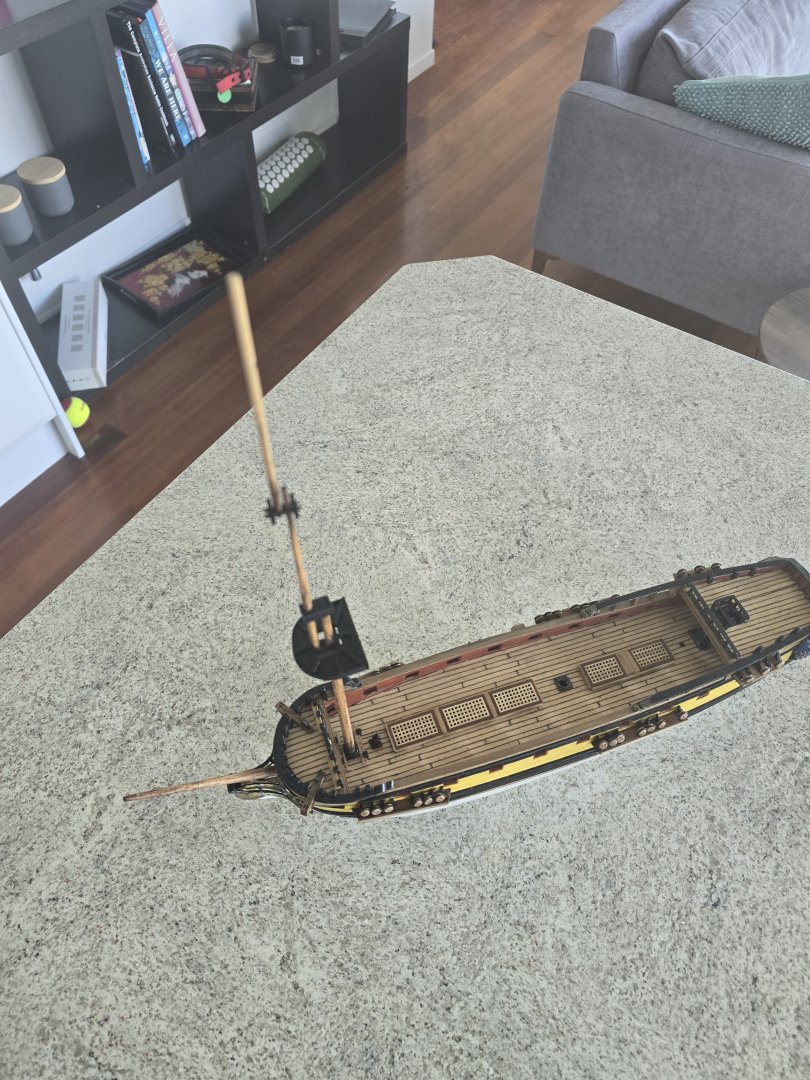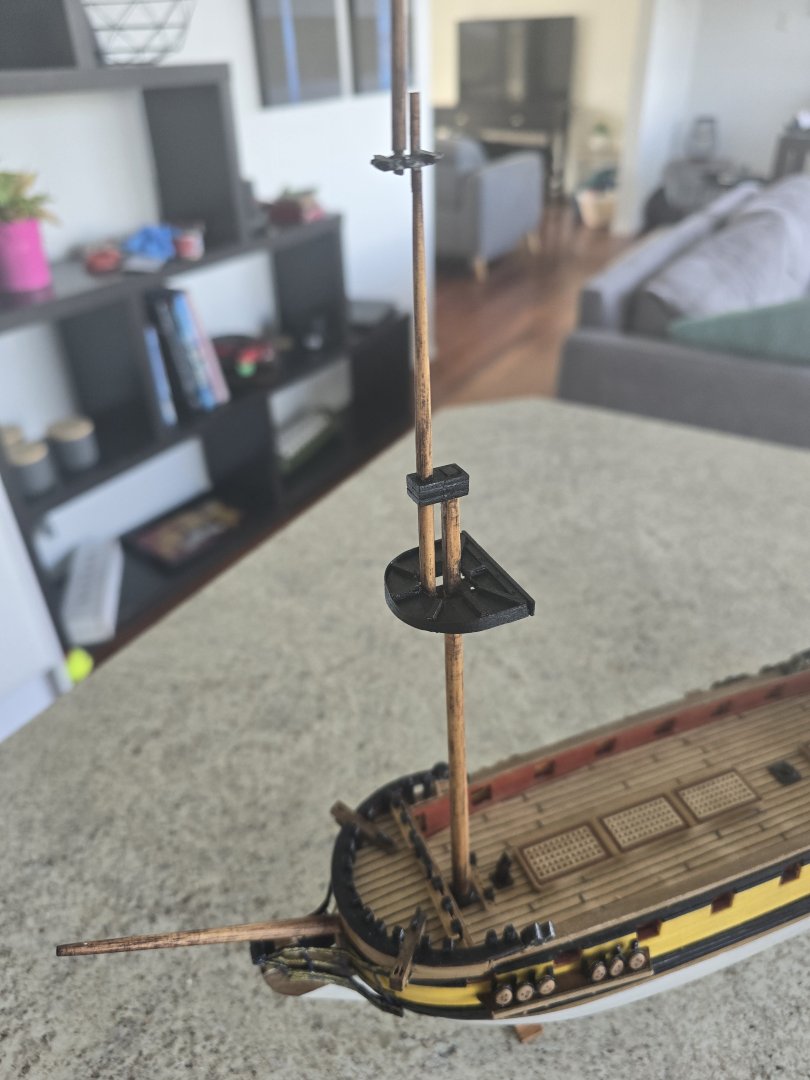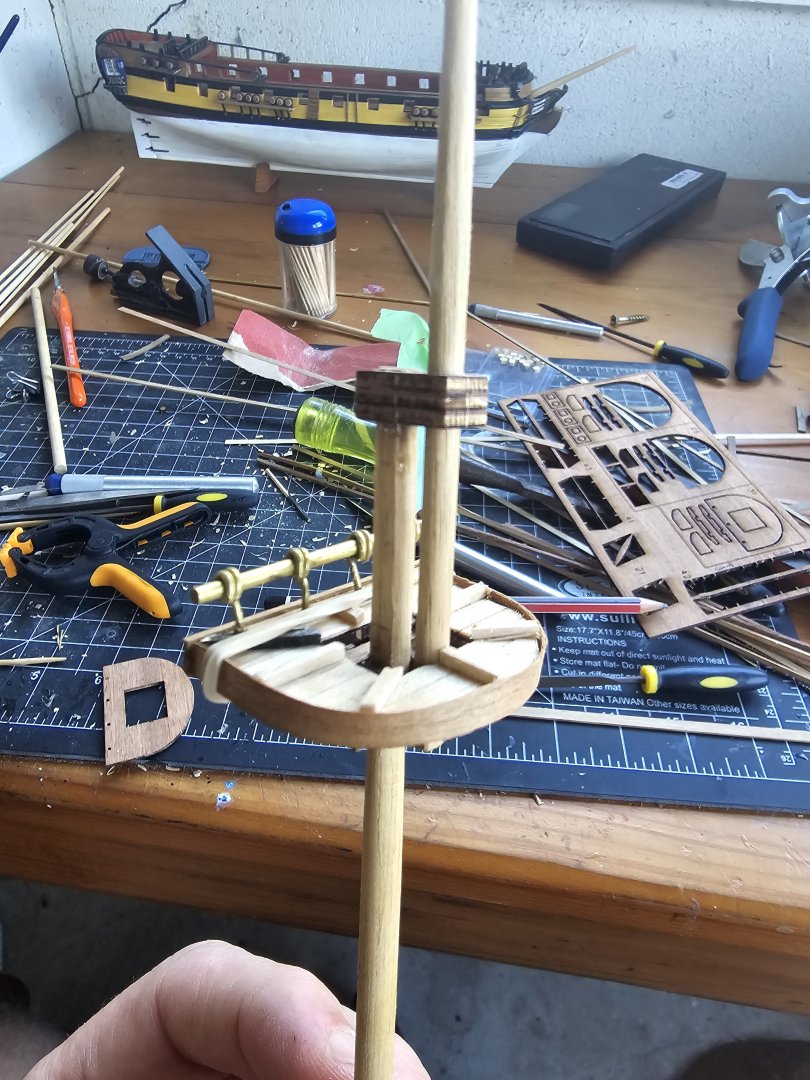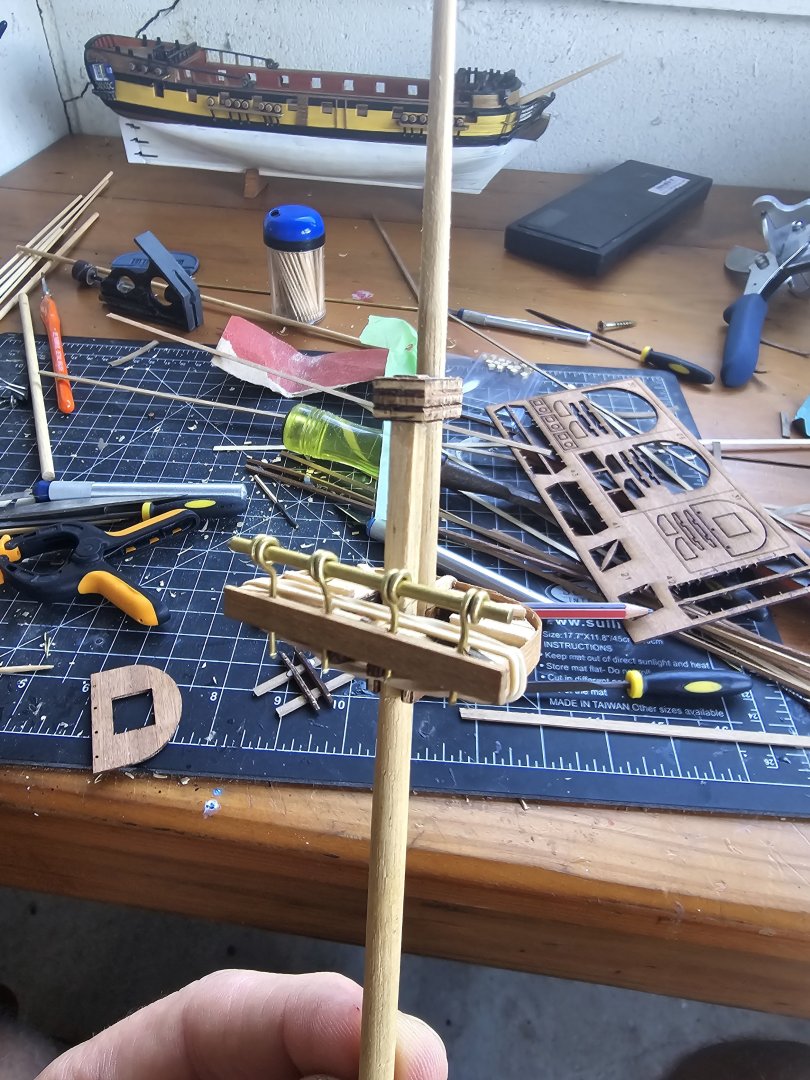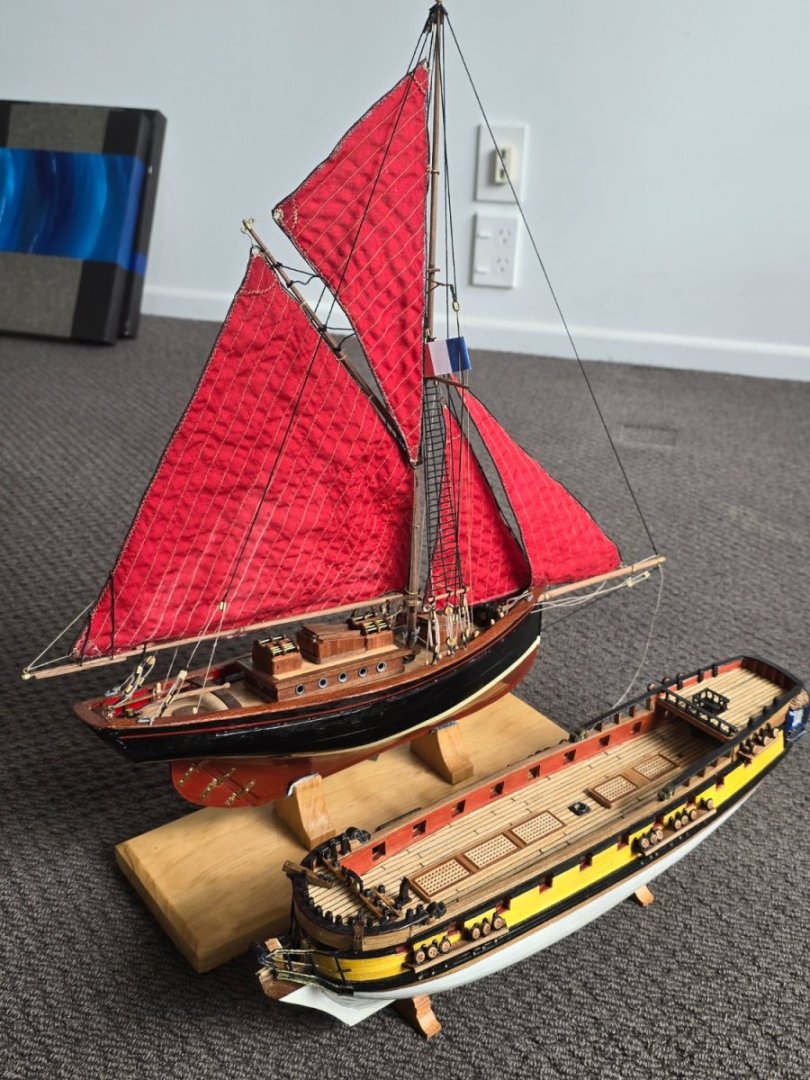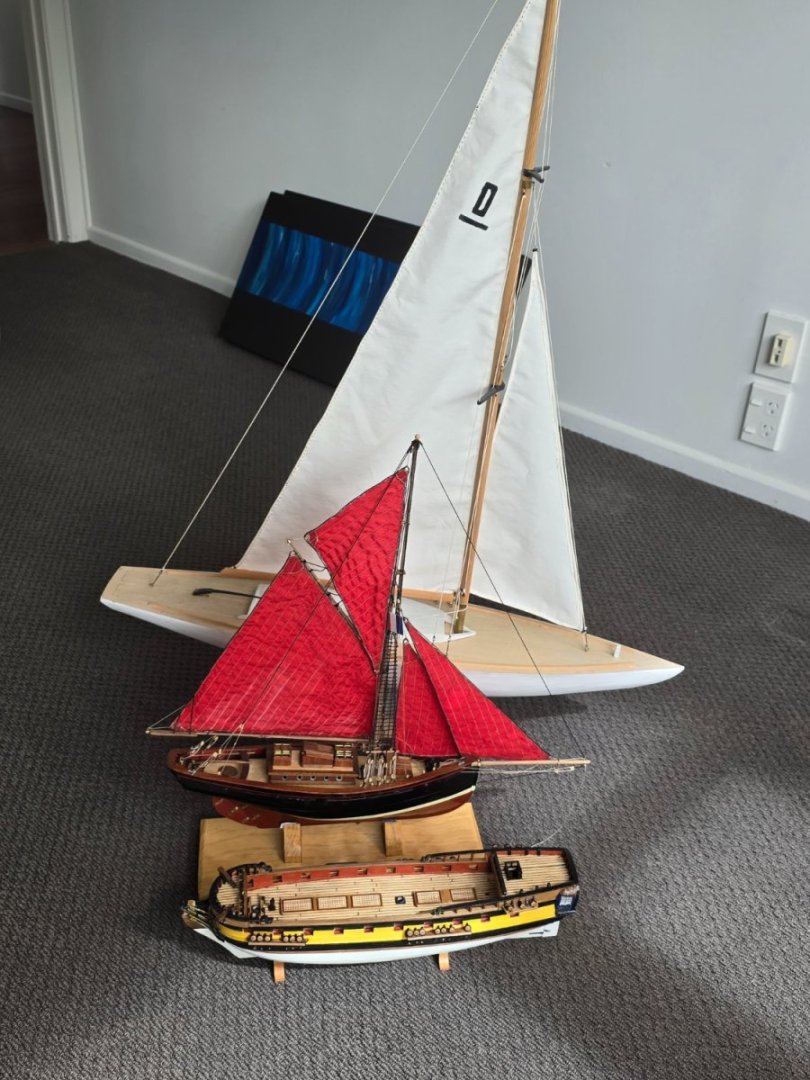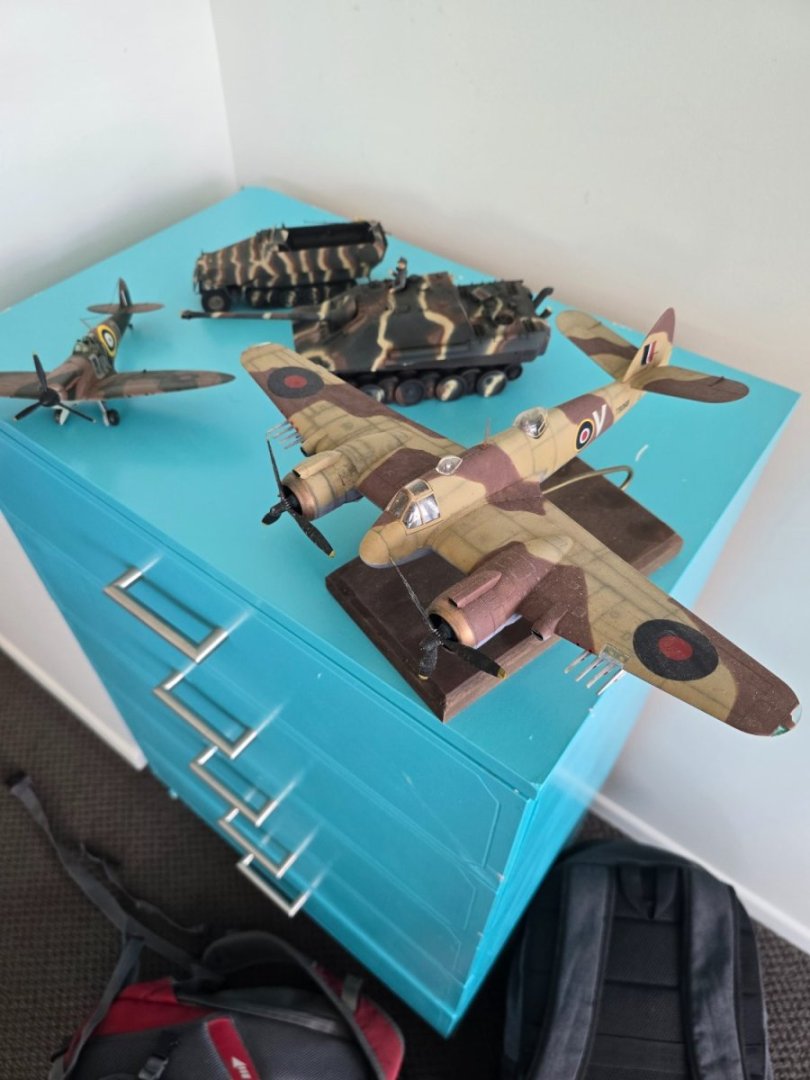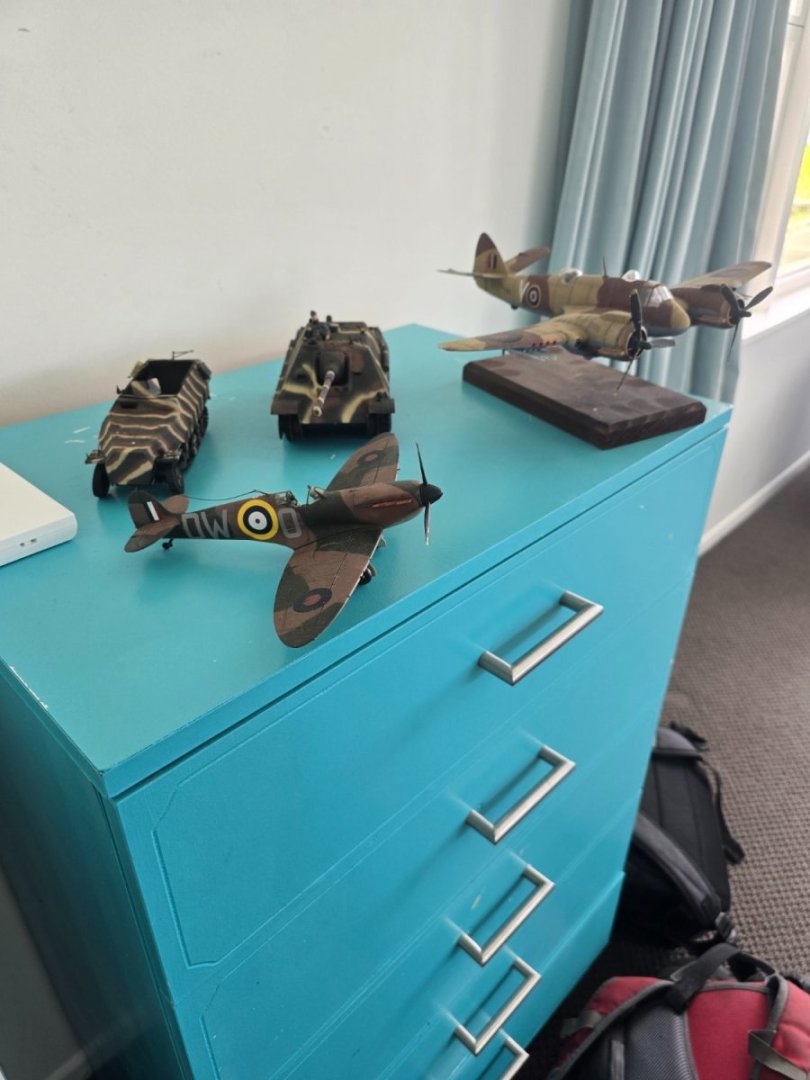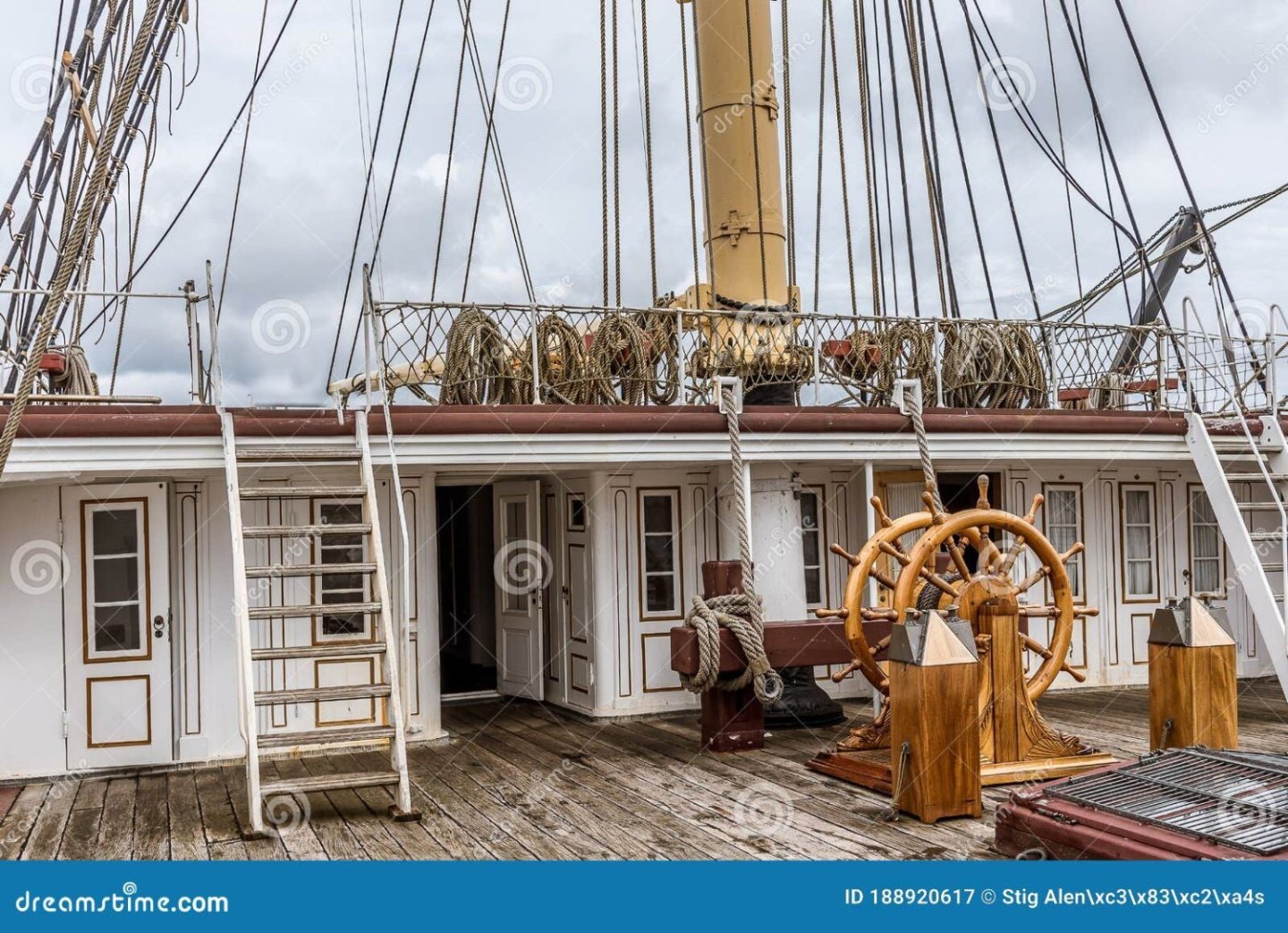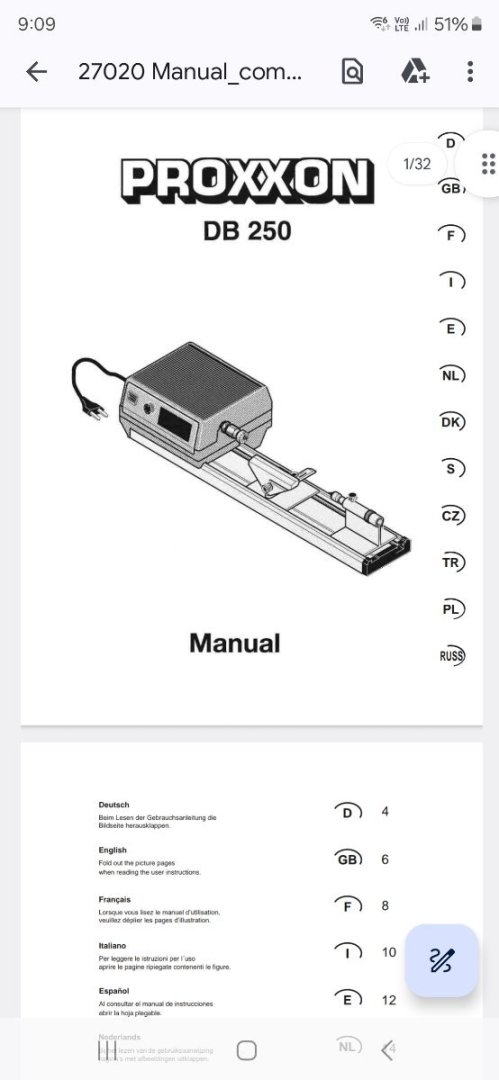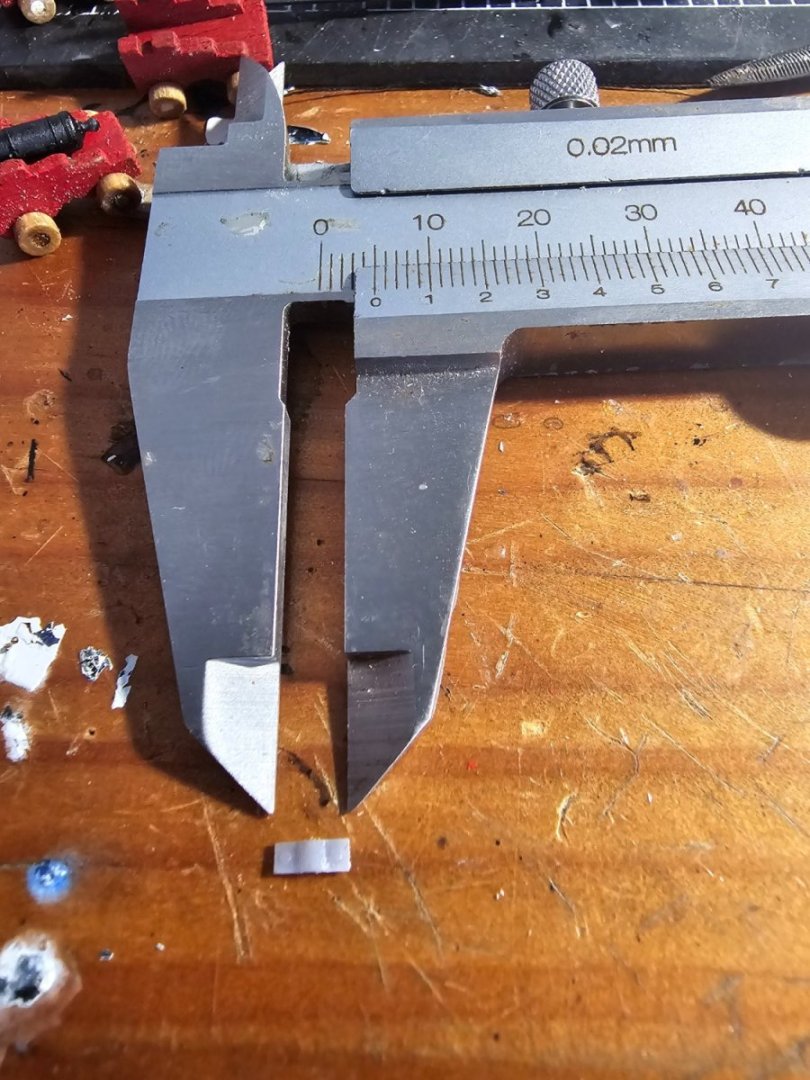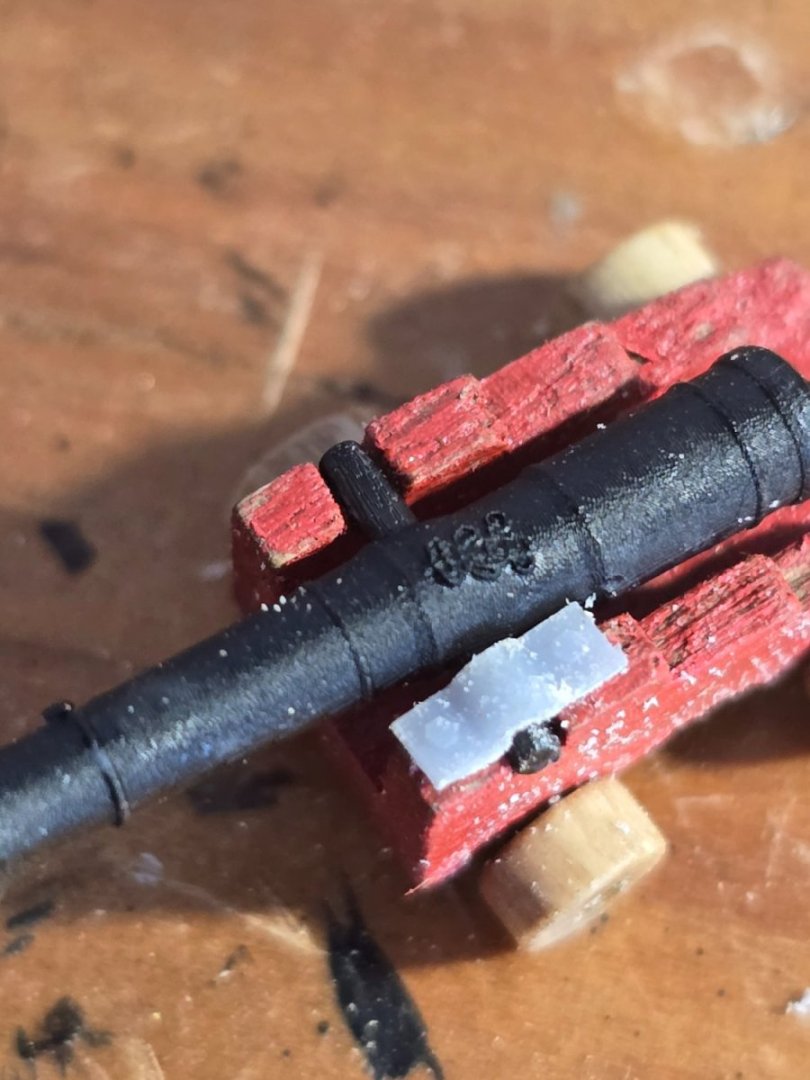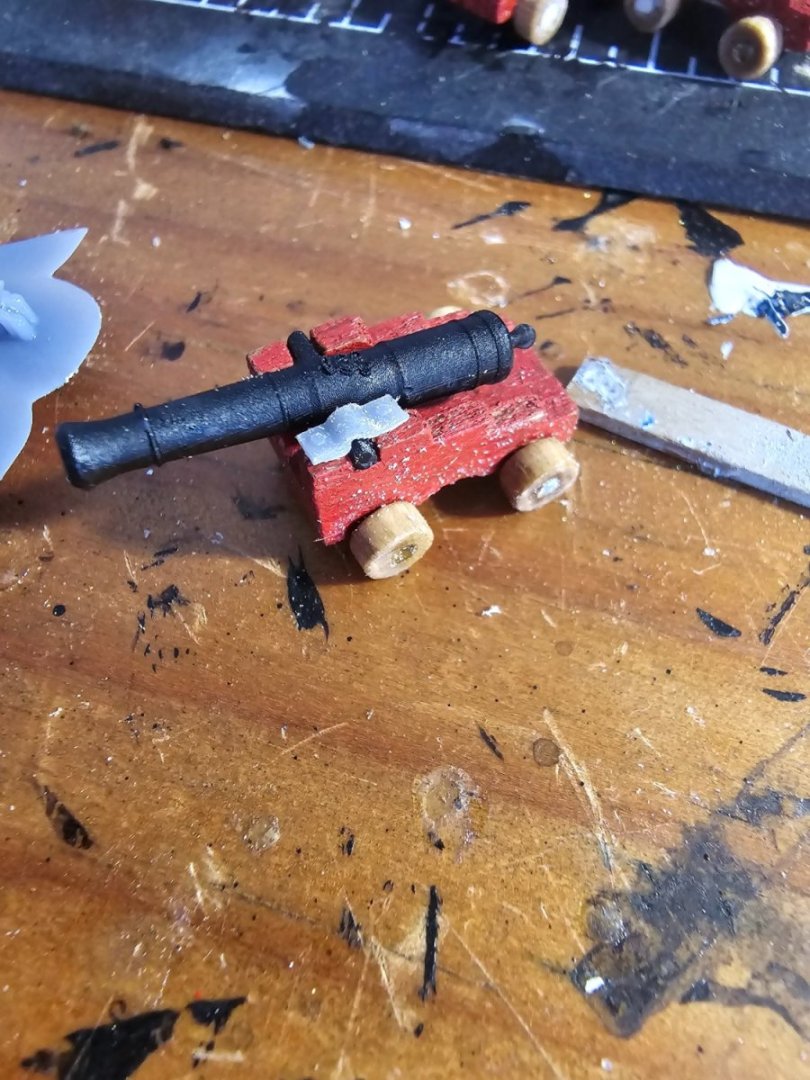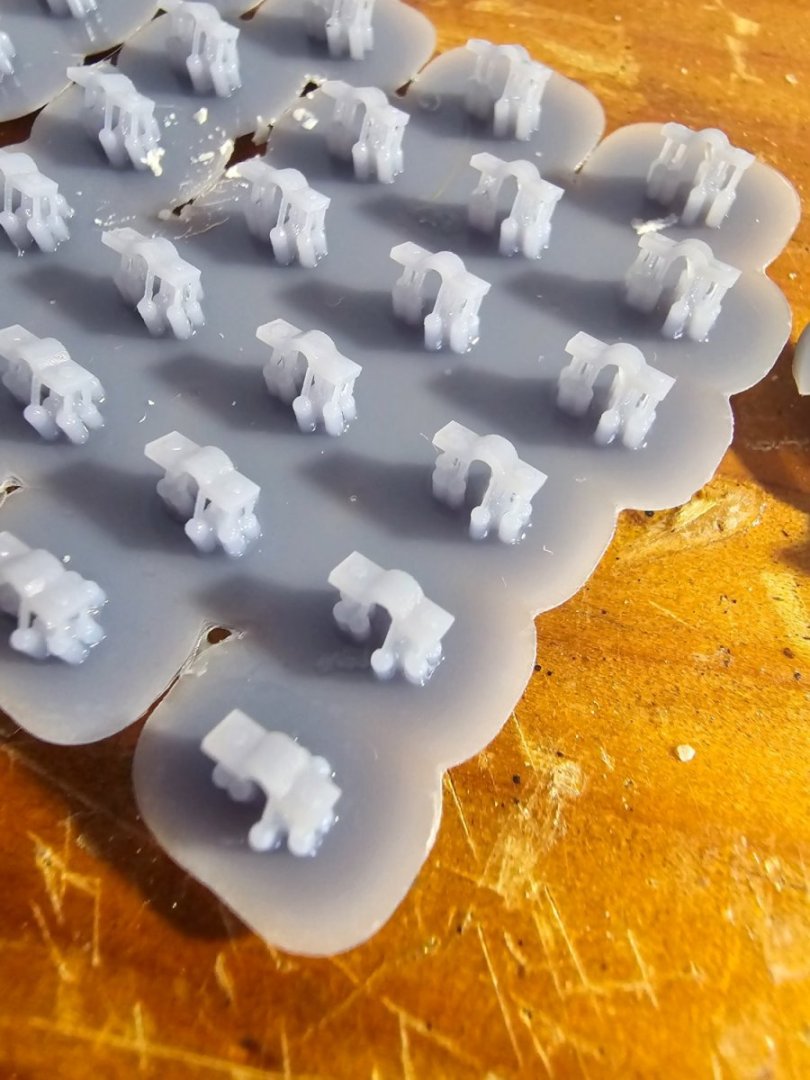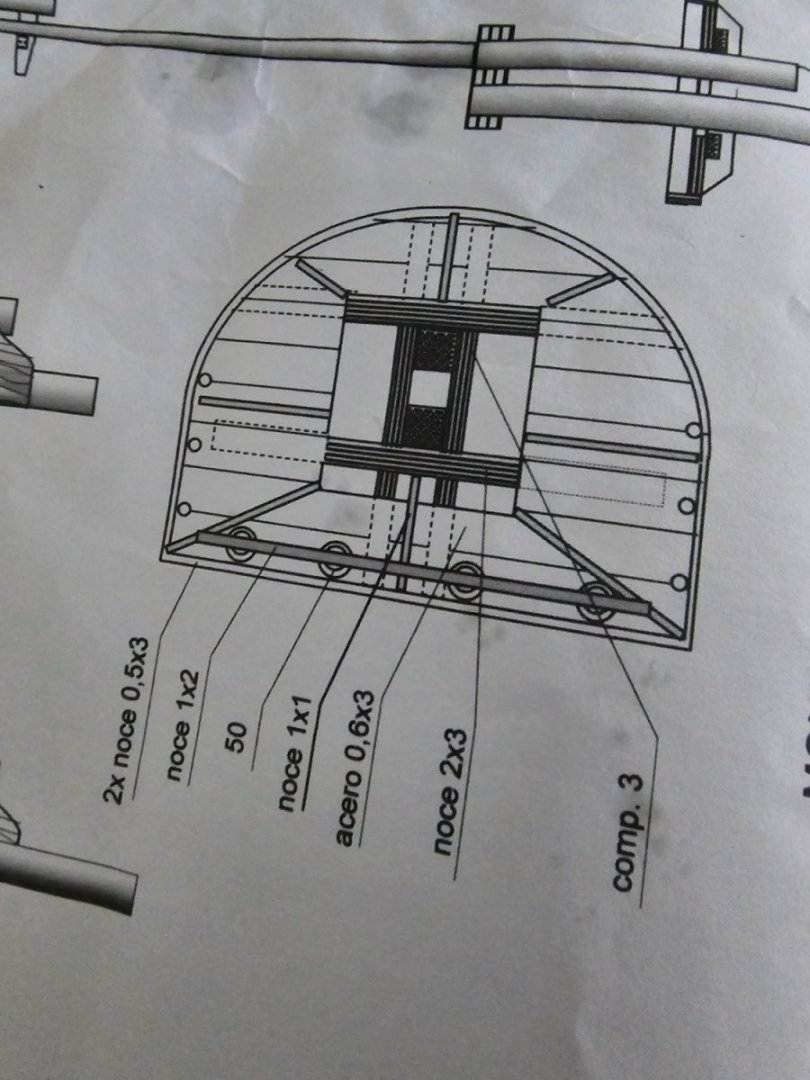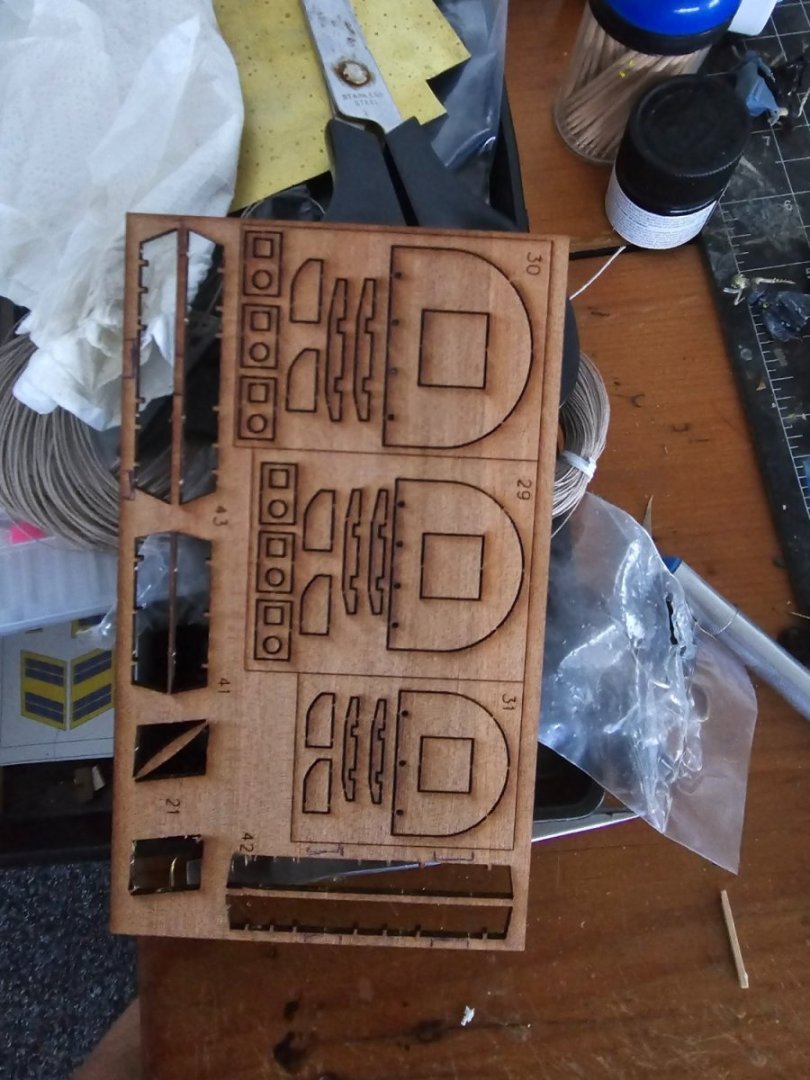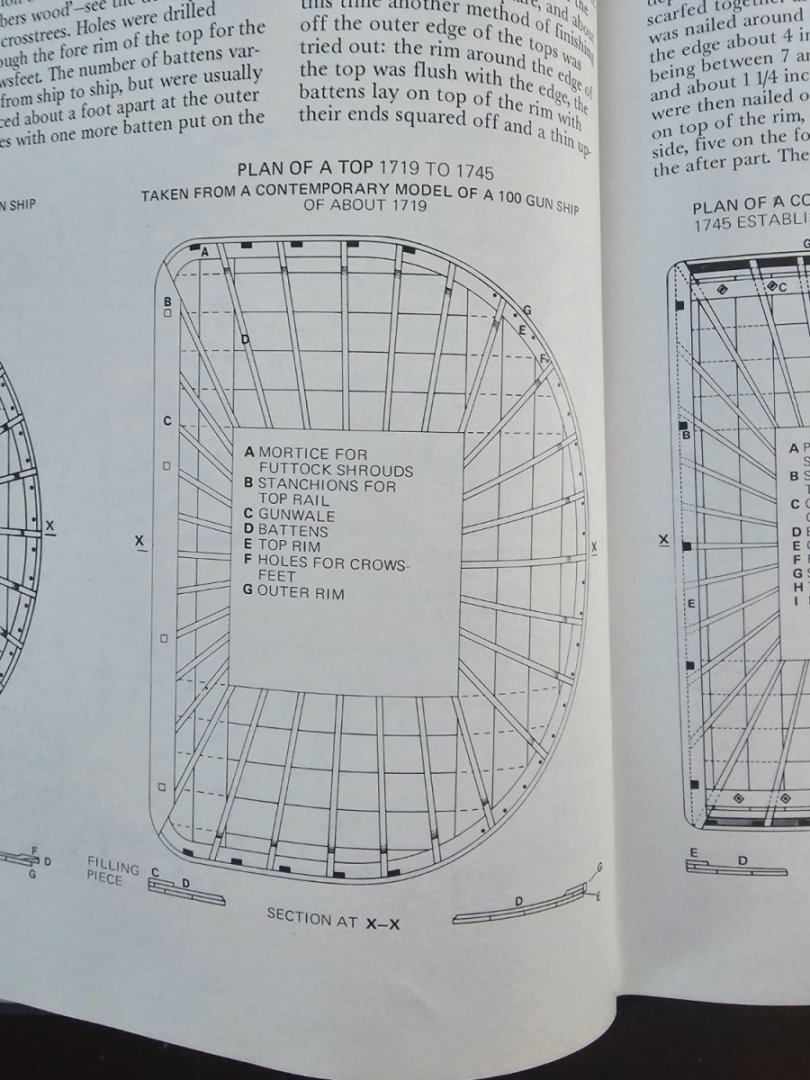
Srenner
Members-
Posts
160 -
Joined
-
Last visited
-
 thibaultron reacted to a post in a topic:
Replacing a control panel in 3d printer
thibaultron reacted to a post in a topic:
Replacing a control panel in 3d printer
-
I have a anycubic photon m3 and the touch screen control panel cracked meaning it was really hard to use. So after googling around the process of changing spare parts didn't seem that hard, so I jumped in and tried to find a 2.8 inch touch screen replacement. Anycubic were out of stock so needed to find after market solution. I can recommend that chitu systems who write chitubox have spares for printers and I ordered the 2.8 inch screen and 7 days later it arrived from China. No instructions but tonnes of videos on the web to sort of follow. So the process to fix the screen is as follows, the photos document the steps as well: 1. Take off the bottom plate screws and remove the bottom plate. 2. Undo the electrical cables to give better access 3. Take off the plastic guard to stop cables crossing into the lcd and laser area of the printer. 4. Take off the control panel card 5. Undo the cables by flicking the little black bars on the connectors upwards. 6. Plug in the new screen and make sure the screen going in the right way up. There are no marks indicating the top on the Chinese card. 7. Re screw the screen into the printer. 8. Due to different plug in point on the replacement the original printer cable was slightly too short but chitu systems sent a spare cable in the box which was long enough. 9. Remove original cable and plug in new one. Push black retaining bars back down to lock in. 10. Replace cable guard and tuck all the cables down out of the LCD screen perimeter. 11. Test again all good before base plate placement. Plug in cables and screw down plate. I left the plastic screen protector on.. it works with it on and gives a little bit of protection from resin drips from the vat That's it.. all fixed
-
 Gregory reacted to a post in a topic:
HMS Greyhound by Srenner - Corel - 1:100
Gregory reacted to a post in a topic:
HMS Greyhound by Srenner - Corel - 1:100
-
 Old Collingwood reacted to a post in a topic:
HMS Greyhound by Srenner - Corel - 1:100
Old Collingwood reacted to a post in a topic:
HMS Greyhound by Srenner - Corel - 1:100
-
Working on the bowspit collars as per 1719 collar arrangement with the heart blocks on the bottom for the Bobstays amd the deadeyes for the fore preventer stay and the forestay. Tried my first gammoning and ok with the result.. at 1/100 scale hard to get a perfect knot but happy enough. Pretty much I'm ignoring the kit rigging plan and just using the lee's book.
-
 Gregory reacted to a post in a topic:
HMS Greyhound by Srenner - Corel - 1:100
Gregory reacted to a post in a topic:
HMS Greyhound by Srenner - Corel - 1:100
-
 Old Collingwood reacted to a post in a topic:
HMS Greyhound by Srenner - Corel - 1:100
Old Collingwood reacted to a post in a topic:
HMS Greyhound by Srenner - Corel - 1:100
-
 robdurant reacted to a post in a topic:
HMS Greyhound by Srenner - Corel - 1:100
robdurant reacted to a post in a topic:
HMS Greyhound by Srenner - Corel - 1:100
-
Starting to make progress on the main and the fore mast. The woodlings have gone on thr fore cast and made the main top. Have put bees on the bowspit and figure of eight lashings on the jib boom. No spirit top on this model. Next is the woodlings for the bowspit and start the heart blocks for the shrouds.
-
 Old Collingwood reacted to a post in a topic:
HMS Greyhound by Srenner - Corel - 1:100
Old Collingwood reacted to a post in a topic:
HMS Greyhound by Srenner - Corel - 1:100
-
 Old Collingwood reacted to a post in a topic:
HMS Greyhound by Srenner - Corel - 1:100
Old Collingwood reacted to a post in a topic:
HMS Greyhound by Srenner - Corel - 1:100
-
 Old Collingwood reacted to a post in a topic:
HMS Greyhound by Srenner - Corel - 1:100
Old Collingwood reacted to a post in a topic:
HMS Greyhound by Srenner - Corel - 1:100
-
 Old Collingwood reacted to a post in a topic:
HMS Greyhound by Srenner - Corel - 1:100
Old Collingwood reacted to a post in a topic:
HMS Greyhound by Srenner - Corel - 1:100
-
I've completed the fore mast, just have to taper last section. The kit supplied parts take a bit of alteration so that the mast is straight. Have to make the hole in the fore top slightly longer on a bow to stern axis to get the two pieces of dowel straight. I wanted a aged look to the mast so I used a dark timber stain to bring out the dowel grain. Then light sand. Then used linseed oil to dark the light wood colour. I'm going to gloss them up with a coat of shellac at the end. Picture of the completed wheel , 3d printed and painted
-
 Srenner reacted to a post in a topic:
HMS Jason by Beef Wellington - Caldercraft - 1:64 - Artois-class frigate modified from HMS Diana 1794
Srenner reacted to a post in a topic:
HMS Jason by Beef Wellington - Caldercraft - 1:64 - Artois-class frigate modified from HMS Diana 1794
-
Hi... the rail width is 5mm in figure 9 so the timbers below that need to be less. I think either way is okay... I personally bought extra walnut 1mm x3mm so that it was 3 layers of 1mm equal to 3mm with 1mm overhang at the rail each side to allow the rail edges to be chamfered.
-
 Srenner reacted to a post in a topic:
Le Redoutable by Oliver1973 - 1/48 - POF - based on own reconstruction
Srenner reacted to a post in a topic:
Le Redoutable by Oliver1973 - 1/48 - POF - based on own reconstruction
-
 Srenner reacted to a post in a topic:
HMS Pegasus 1776 by Moonbug - Amati/Victory Models - 1:64
Srenner reacted to a post in a topic:
HMS Pegasus 1776 by Moonbug - Amati/Victory Models - 1:64
-
 Srenner reacted to a post in a topic:
HMS Pegasus 1776 by Moonbug - Amati/Victory Models - 1:64
Srenner reacted to a post in a topic:
HMS Pegasus 1776 by Moonbug - Amati/Victory Models - 1:64
-
 Srenner reacted to a post in a topic:
Gjoa by Papa - FINISHED - Model Shipways - 5/32” = 1’ - old solid hull kit
Srenner reacted to a post in a topic:
Gjoa by Papa - FINISHED - Model Shipways - 5/32” = 1’ - old solid hull kit
-
 Srenner reacted to a post in a topic:
HMS Flirt by wvdhee - Vanguard Models - 1:64
Srenner reacted to a post in a topic:
HMS Flirt by wvdhee - Vanguard Models - 1:64
-
 Srenner reacted to a post in a topic:
Proxxon mini lathe verdict
Srenner reacted to a post in a topic:
Proxxon mini lathe verdict
-
Proxxon mini lathe verdict
Srenner replied to Srenner's topic in Modeling tools and Workshop Equipment
I looked at this Chinese options @Gregory but the centre to centre distance since there is no pass through is around 200mm. The green machine is 300mm. The mast on the billings drakkon boat was 450mm or so from memory tapered. Some spars I would image on 1/48 scale would be wider than 200mm on older ships. My concern is you spend $495 dollars and get a machine for a certain job but can then possibly step up to a Chinese lathe/milling machine in the 800 range. A milling machine would be great for the hexagonal sections of the masts or the square sections as they go through the mast cap. But can achieve that with a file and sandpaper as well. Machine choices hard... -
 Srenner reacted to a post in a topic:
Proxxon mini lathe verdict
Srenner reacted to a post in a topic:
Proxxon mini lathe verdict
-
Proxxon mini lathe verdict
Srenner replied to Srenner's topic in Modeling tools and Workshop Equipment
Can you by a add on tool holder and screw thread feed for this lathe? -
 Srenner reacted to a post in a topic:
Proxxon mini lathe verdict
Srenner reacted to a post in a topic:
Proxxon mini lathe verdict
-
 Srenner reacted to a post in a topic:
Proxxon mini lathe verdict
Srenner reacted to a post in a topic:
Proxxon mini lathe verdict
-
I see some people using the proxxon mini lathe and it comes with collets upto 10mm and quite long centre to centre measurement. What's the verdict on that machine? Price is good too for nz dollars. Really just want to make a good taper on my mast and spar sections as the old drill and sandpaper method is a bit hit and miss. Yes it's approximately right but want that added machined quality to it and keep the mast sections straight centre to centre. But it's going to be a hand piece taper and again not a autofeeding or angle feed on this model. Maybe the result won't be that flash.
-
You need to study that cut away section diagram on the plans and think from the outside in to work out what will look good with the rails on the outside, the planking wood and then coming back to the 1mm strip. Once you decide that then follow the suggestion from the deck shape for the runs of those timbers and if need be shim out the bulkheads to get a nice run. I don't think you should cut the deck in back to your bulkheads. Better to build them out. The bh are plywood so can be cut off or sanded back from the inside if required. I covered mine completely so can't see them edge on. But same thing with deck.. I didn't want to see that plywood vaneer edge on the outside hull so the basswood planks covered it. That's why I recessed that rail in.
-
I was going with the top rail width. If the rail is 5mm then the hull needs to be around 3-3.5mm width finished if you want a overhang on the rail of say 1mm each side. So that's 3 thicknesses of 1mm strip to make up the hull to the rail. FYI the timber provided is not 1 mm thick exactly it's about 1.3mm measured using a vernier scale. I think mine came out close to 4mm thick giving a rail overhang of 0.5mm each side
About us
Modelshipworld - Advancing Ship Modeling through Research
SSL Secured
Your security is important for us so this Website is SSL-Secured
NRG Mailing Address
Nautical Research Guild
237 South Lincoln Street
Westmont IL, 60559-1917
Model Ship World ® and the MSW logo are Registered Trademarks, and belong to the Nautical Research Guild (United States Patent and Trademark Office: No. 6,929,264 & No. 6,929,274, registered Dec. 20, 2022)
Helpful Links
About the NRG
If you enjoy building ship models that are historically accurate as well as beautiful, then The Nautical Research Guild (NRG) is just right for you.
The Guild is a non-profit educational organization whose mission is to “Advance Ship Modeling Through Research”. We provide support to our members in their efforts to raise the quality of their model ships.
The Nautical Research Guild has published our world-renowned quarterly magazine, The Nautical Research Journal, since 1955. The pages of the Journal are full of articles by accomplished ship modelers who show you how they create those exquisite details on their models, and by maritime historians who show you the correct details to build. The Journal is available in both print and digital editions. Go to the NRG web site (www.thenrg.org) to download a complimentary digital copy of the Journal. The NRG also publishes plan sets, books and compilations of back issues of the Journal and the former Ships in Scale and Model Ship Builder magazines.



